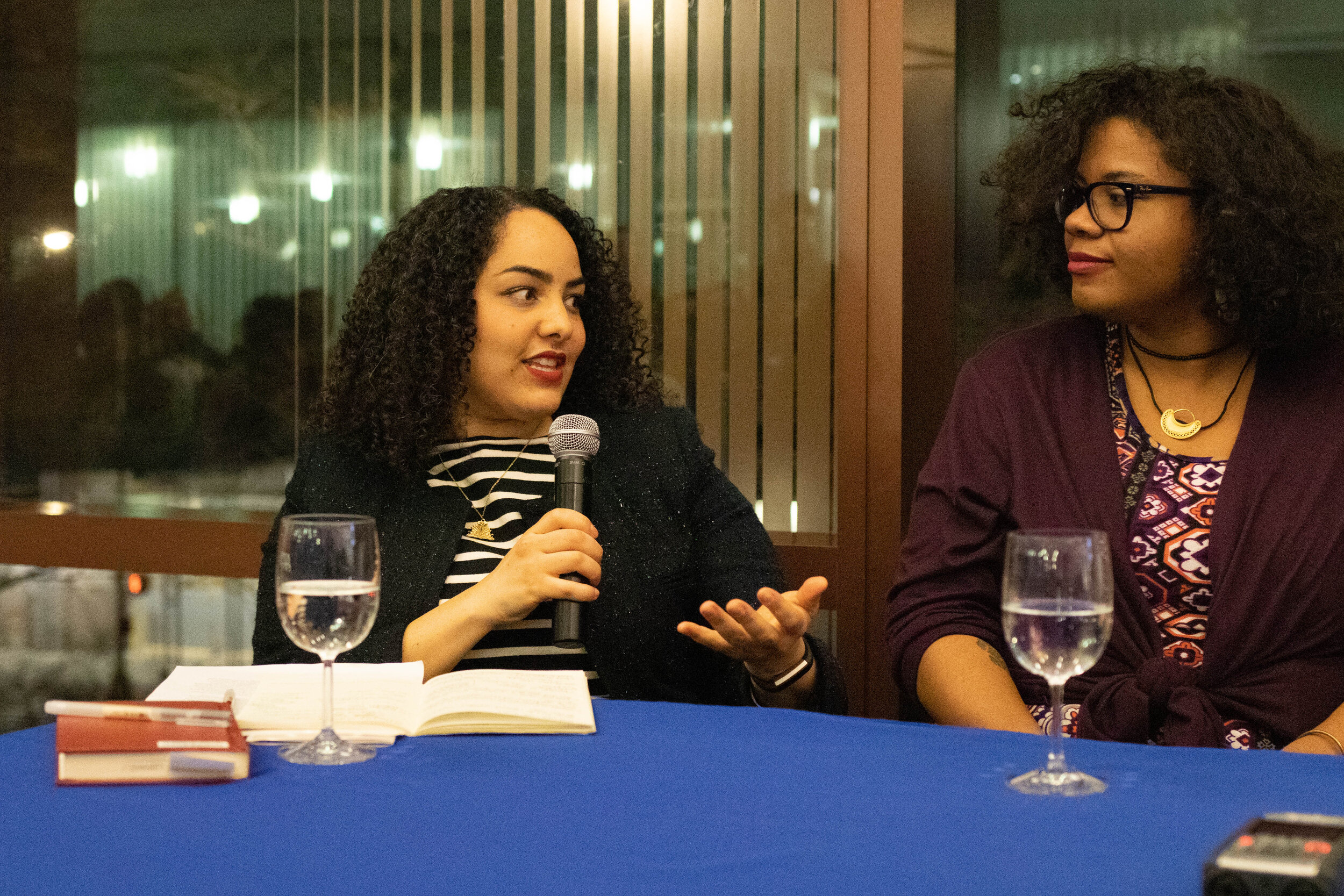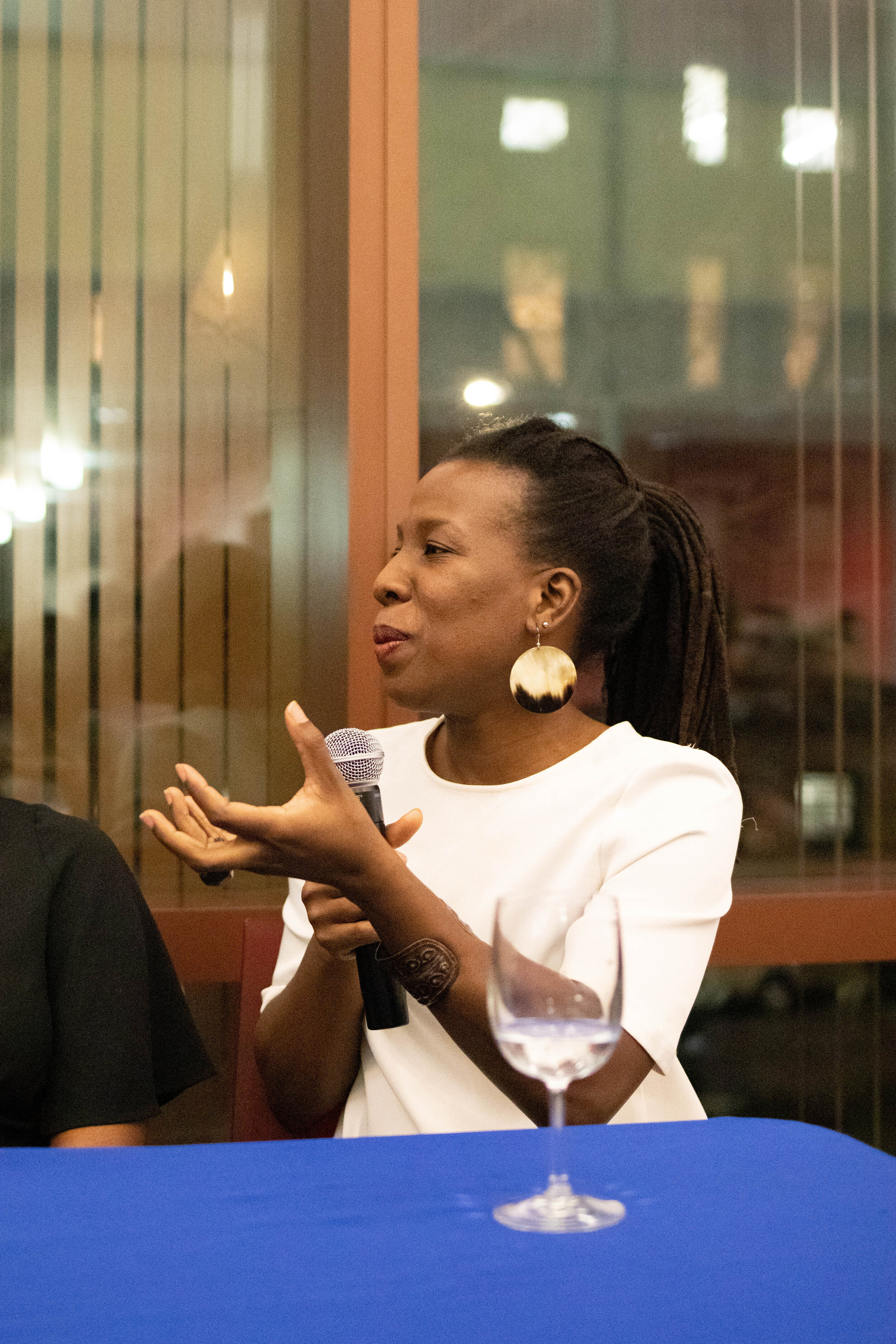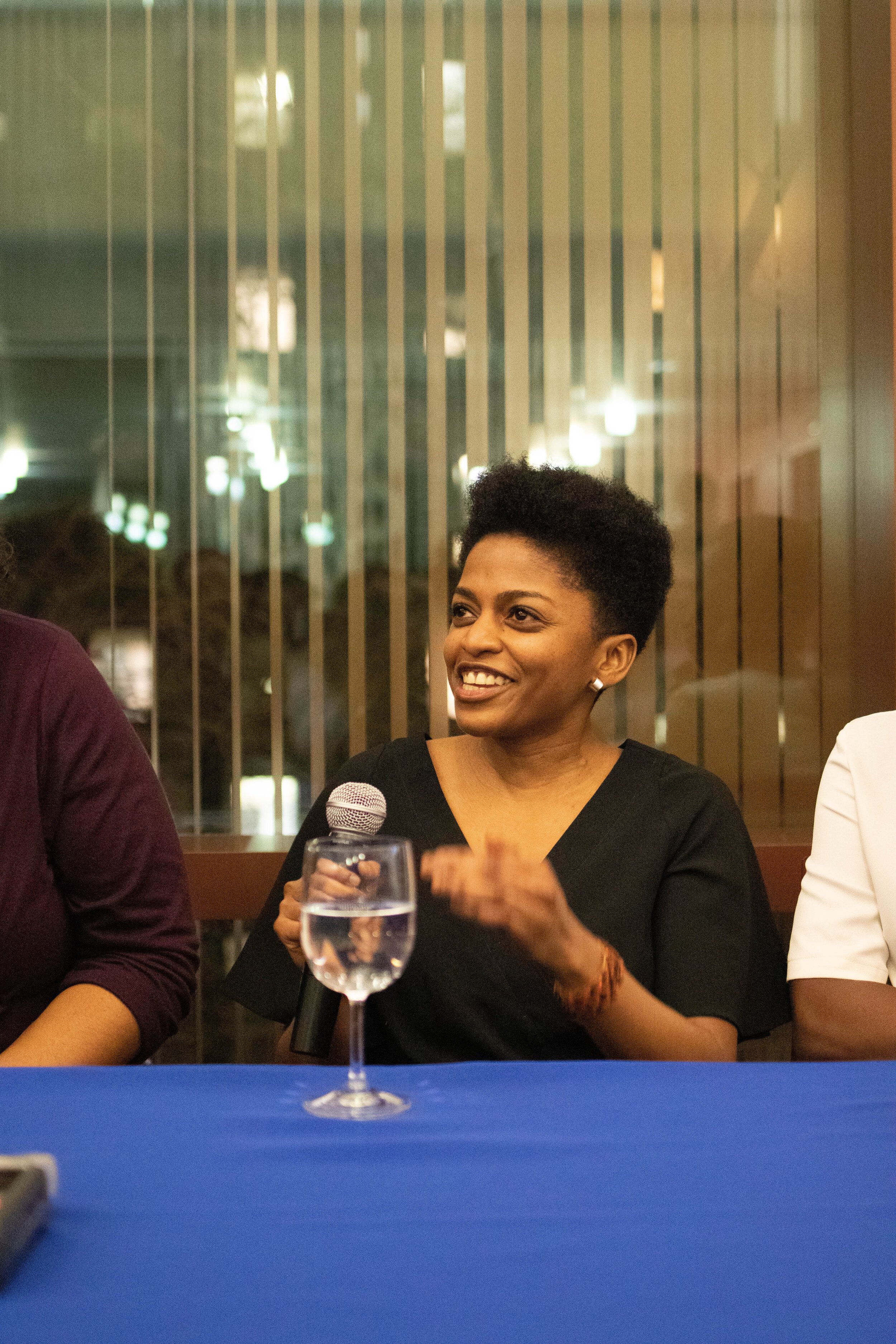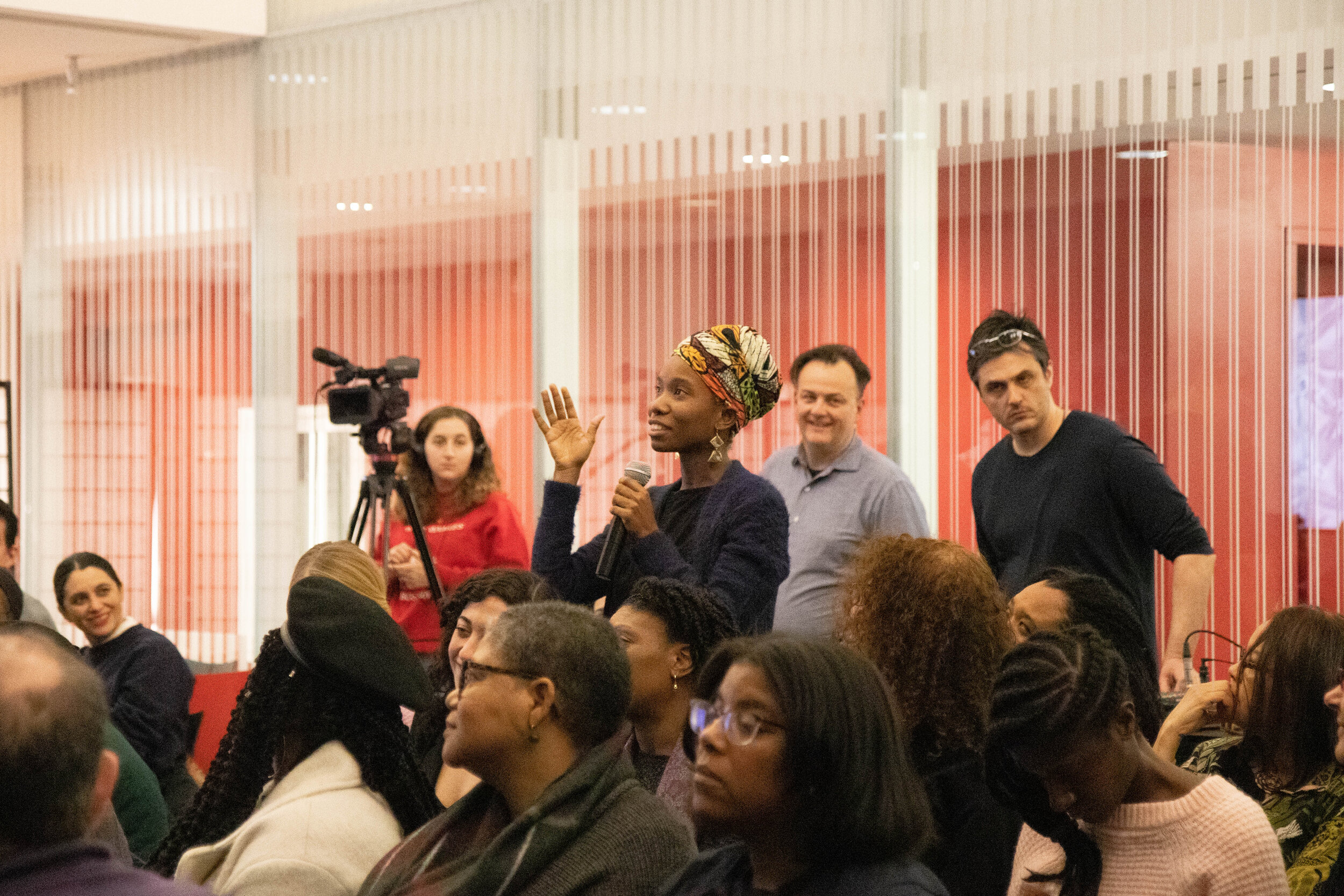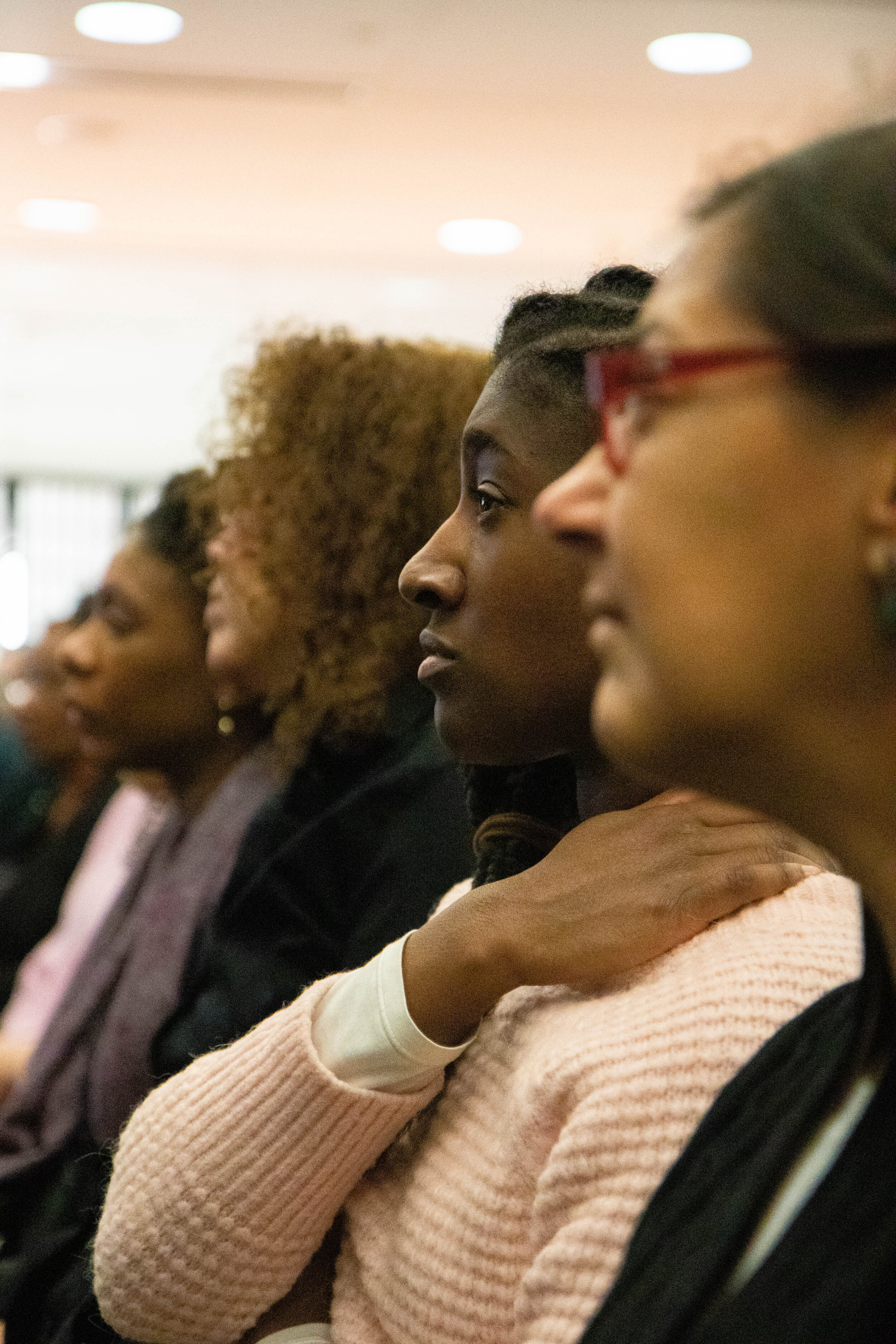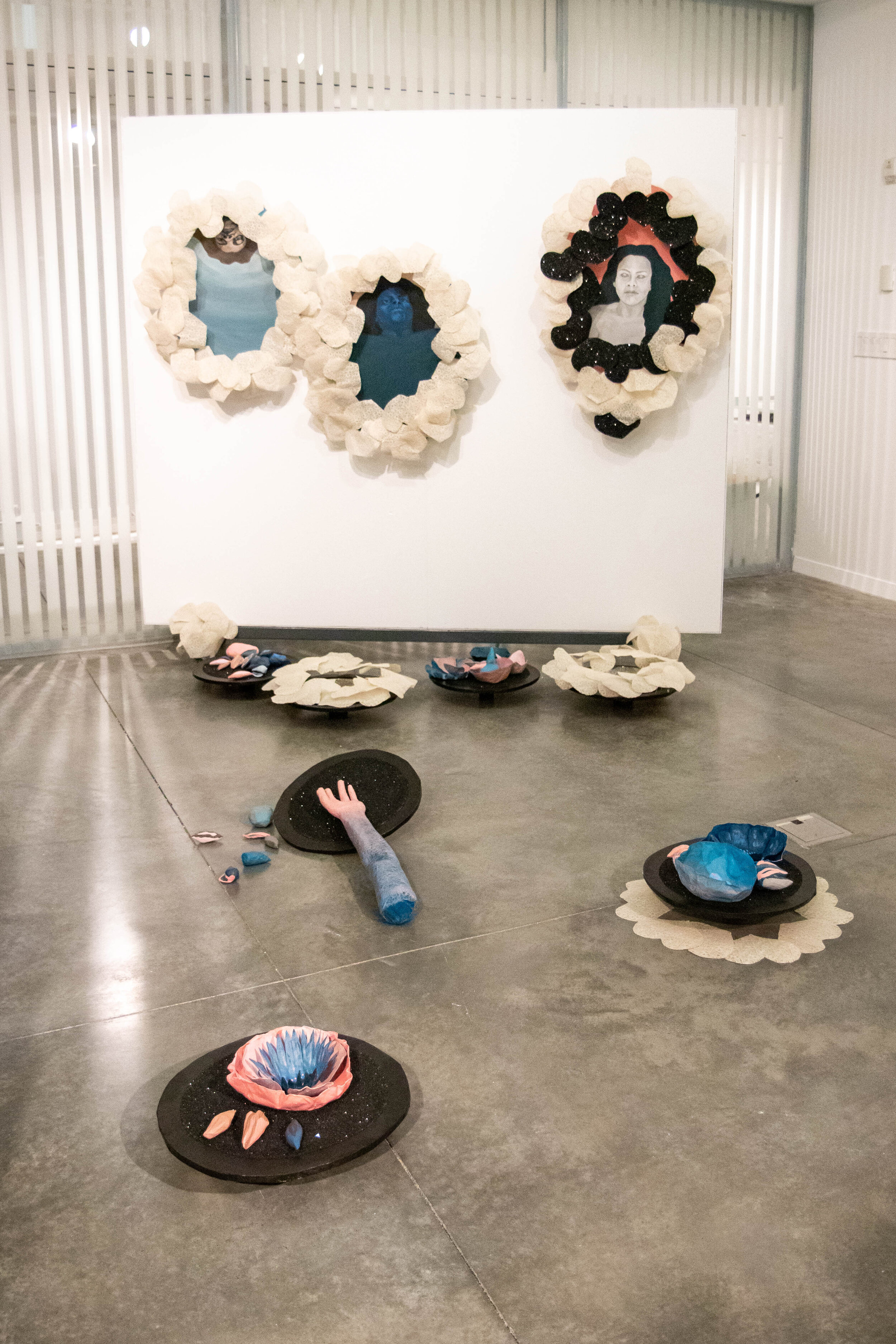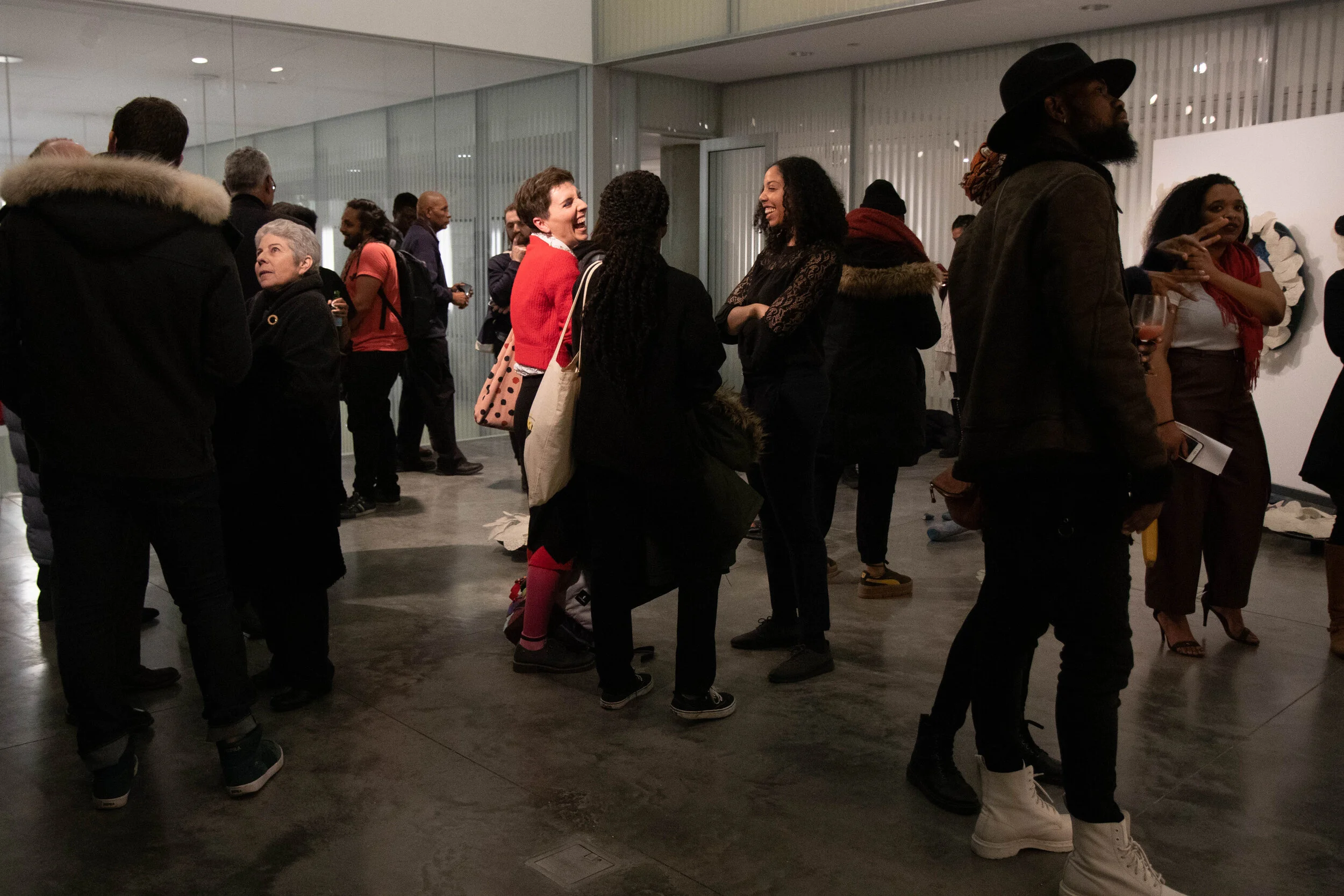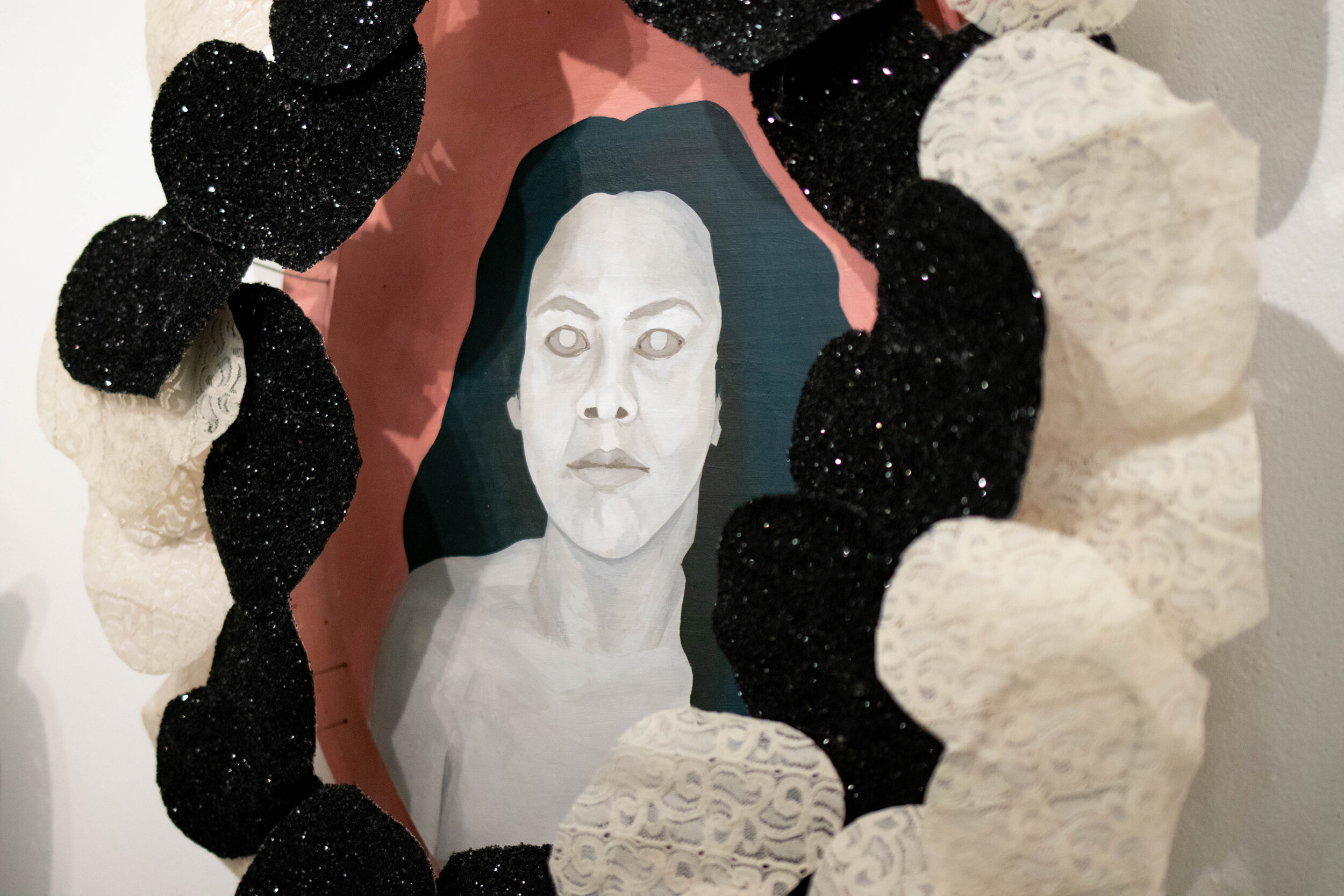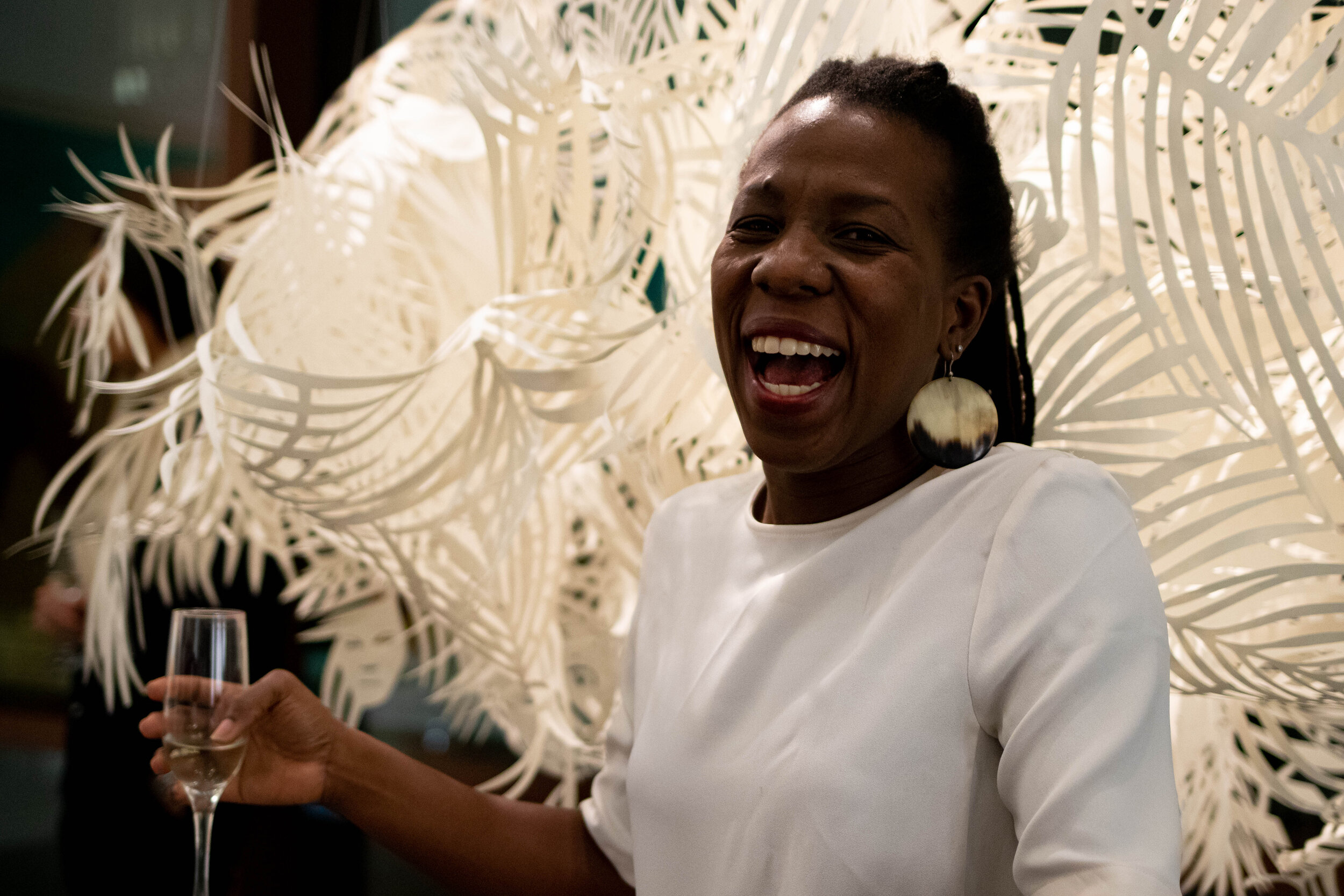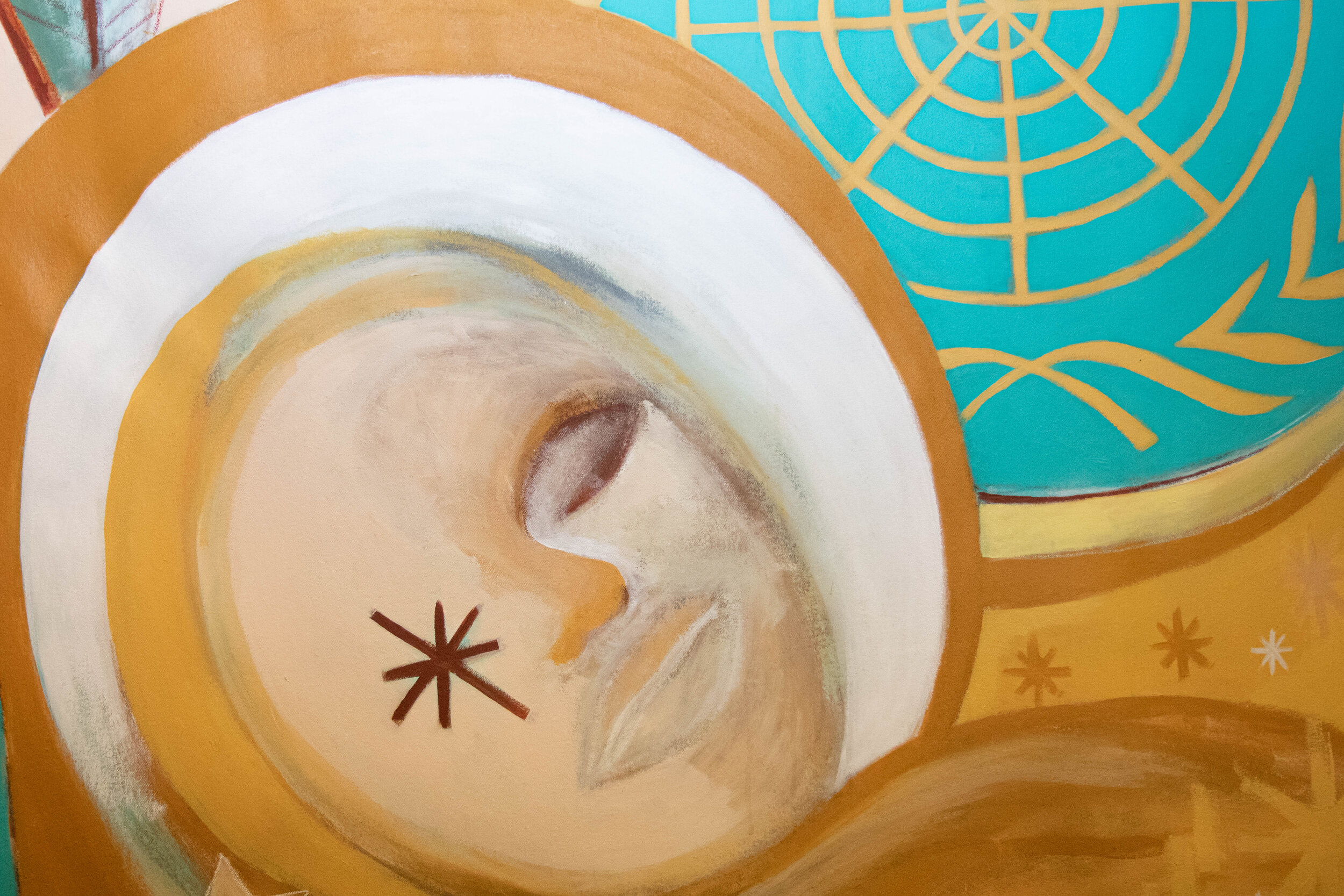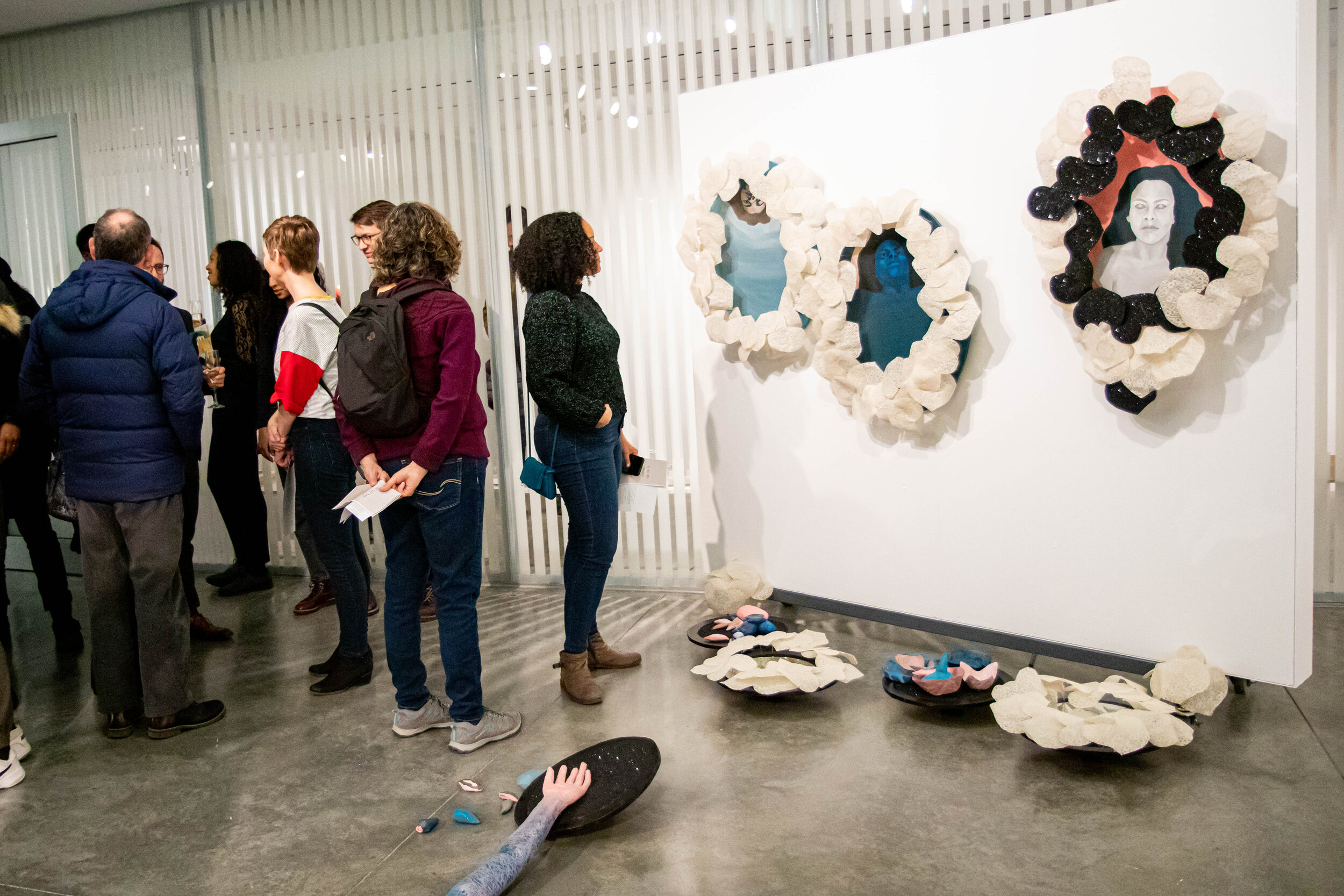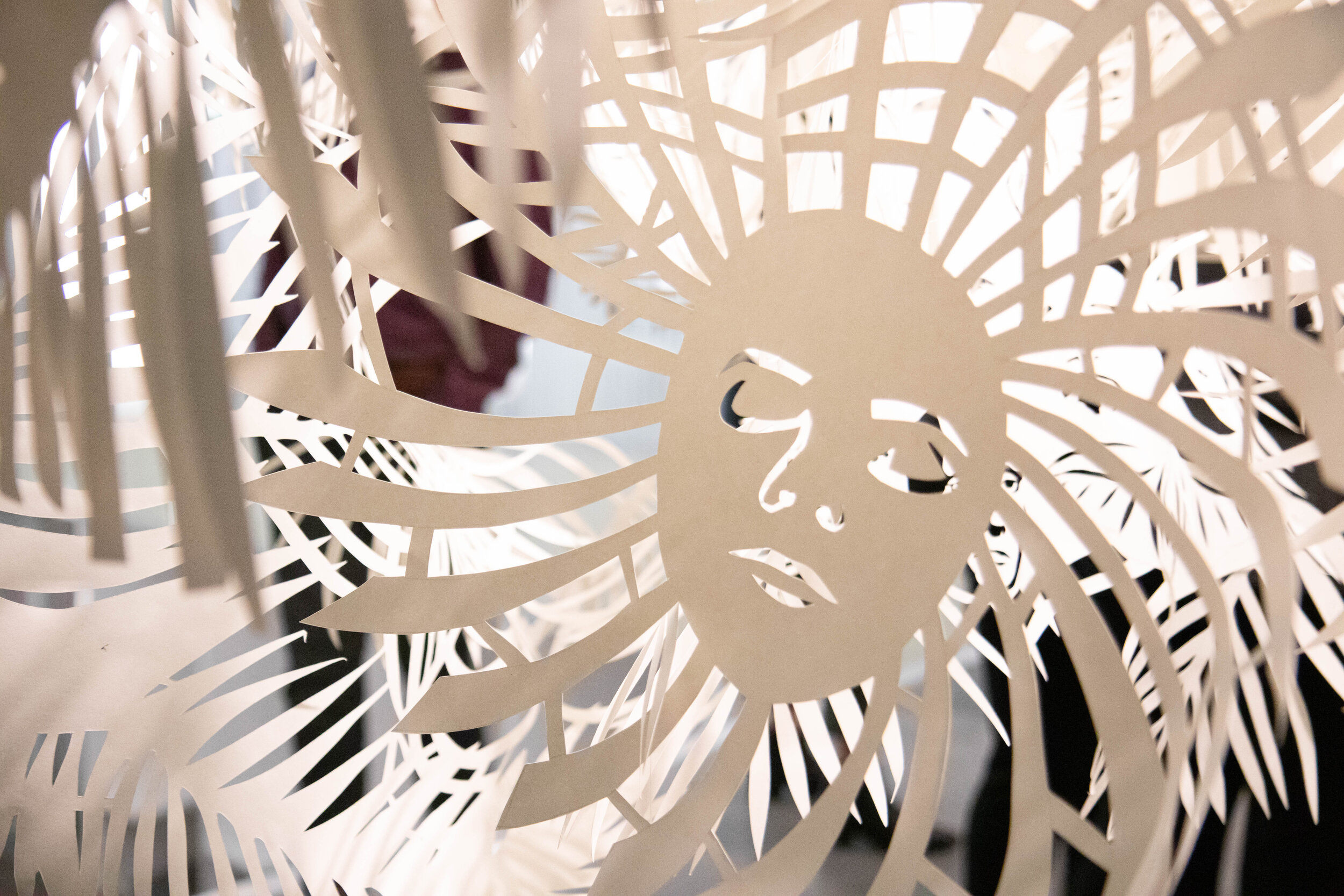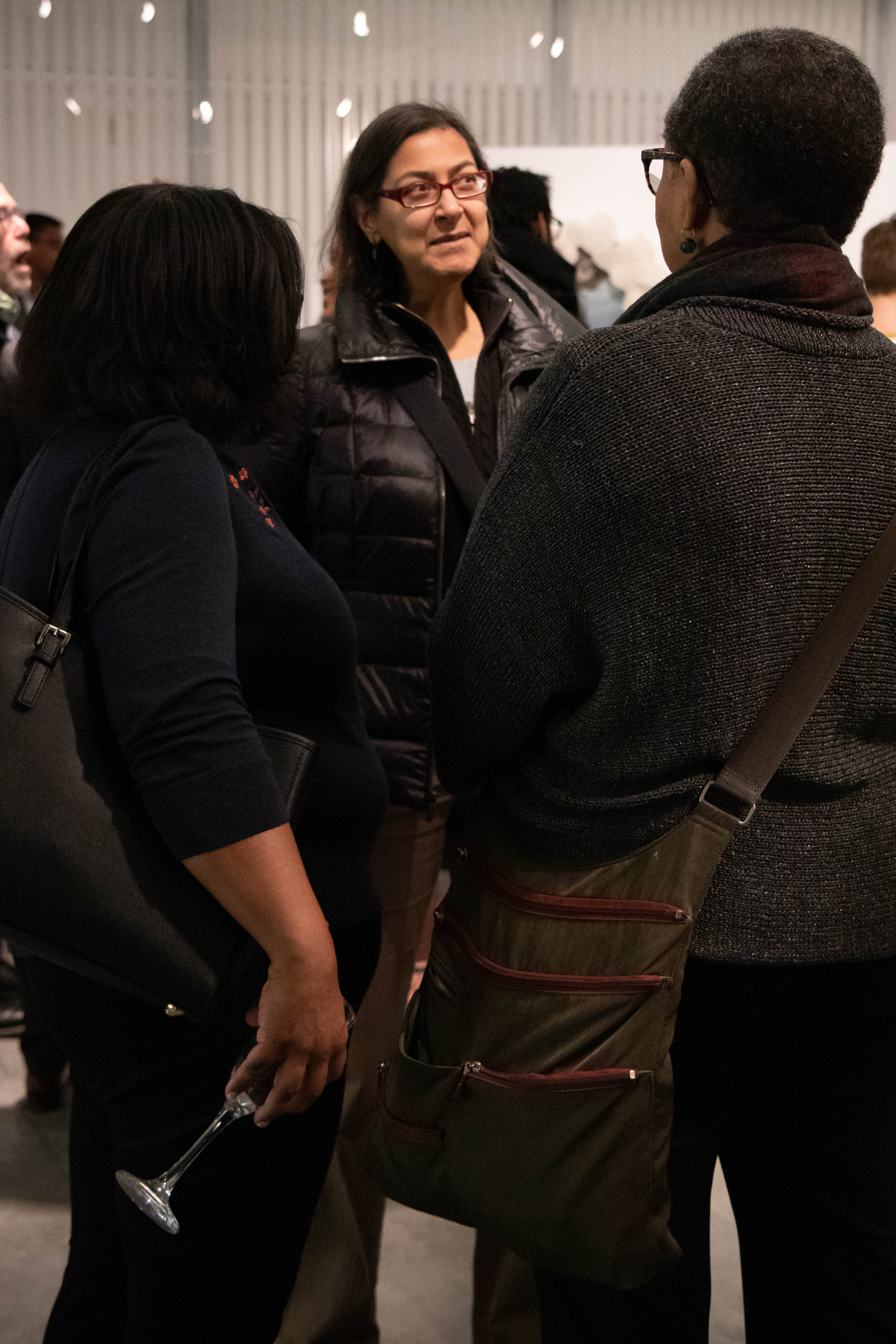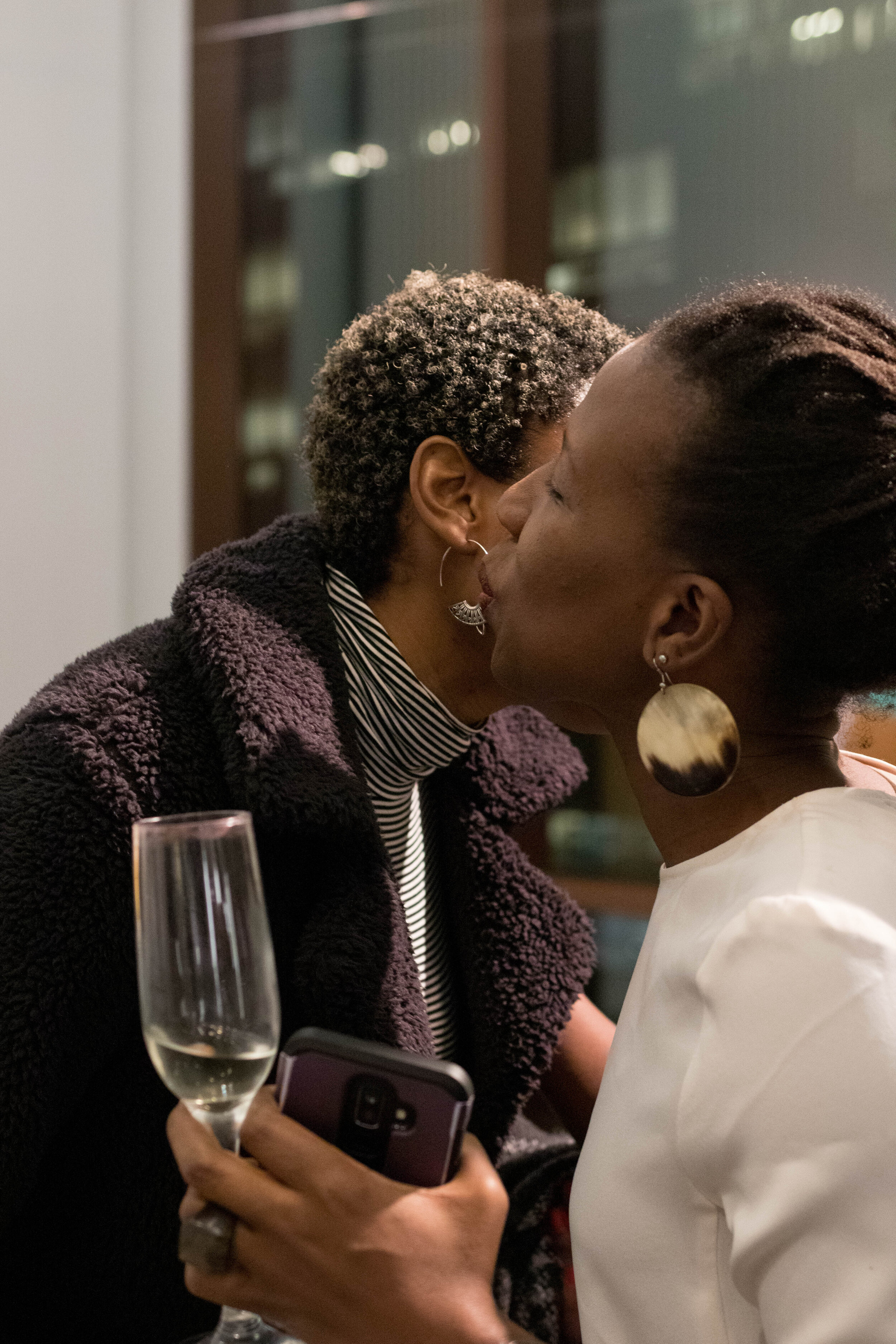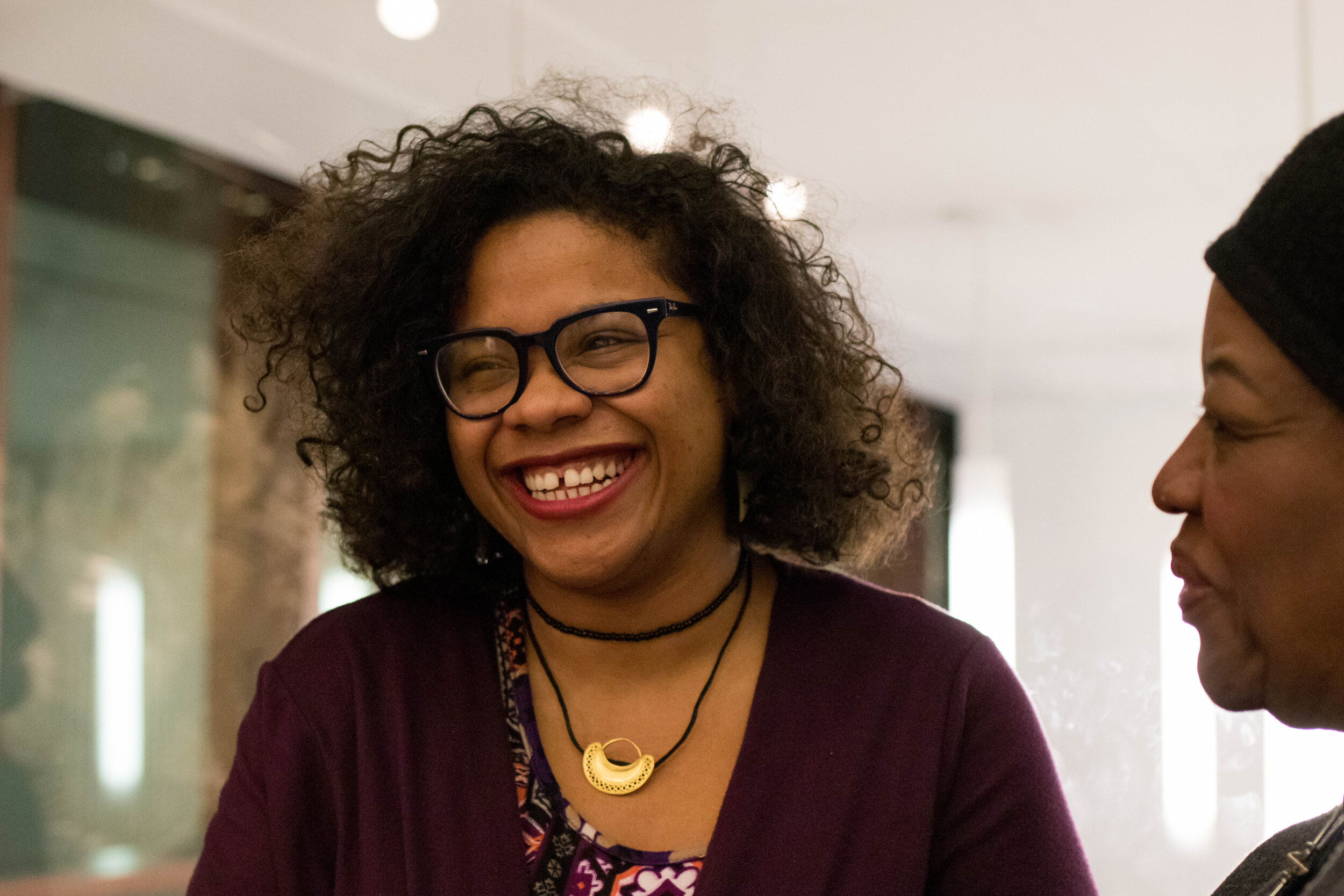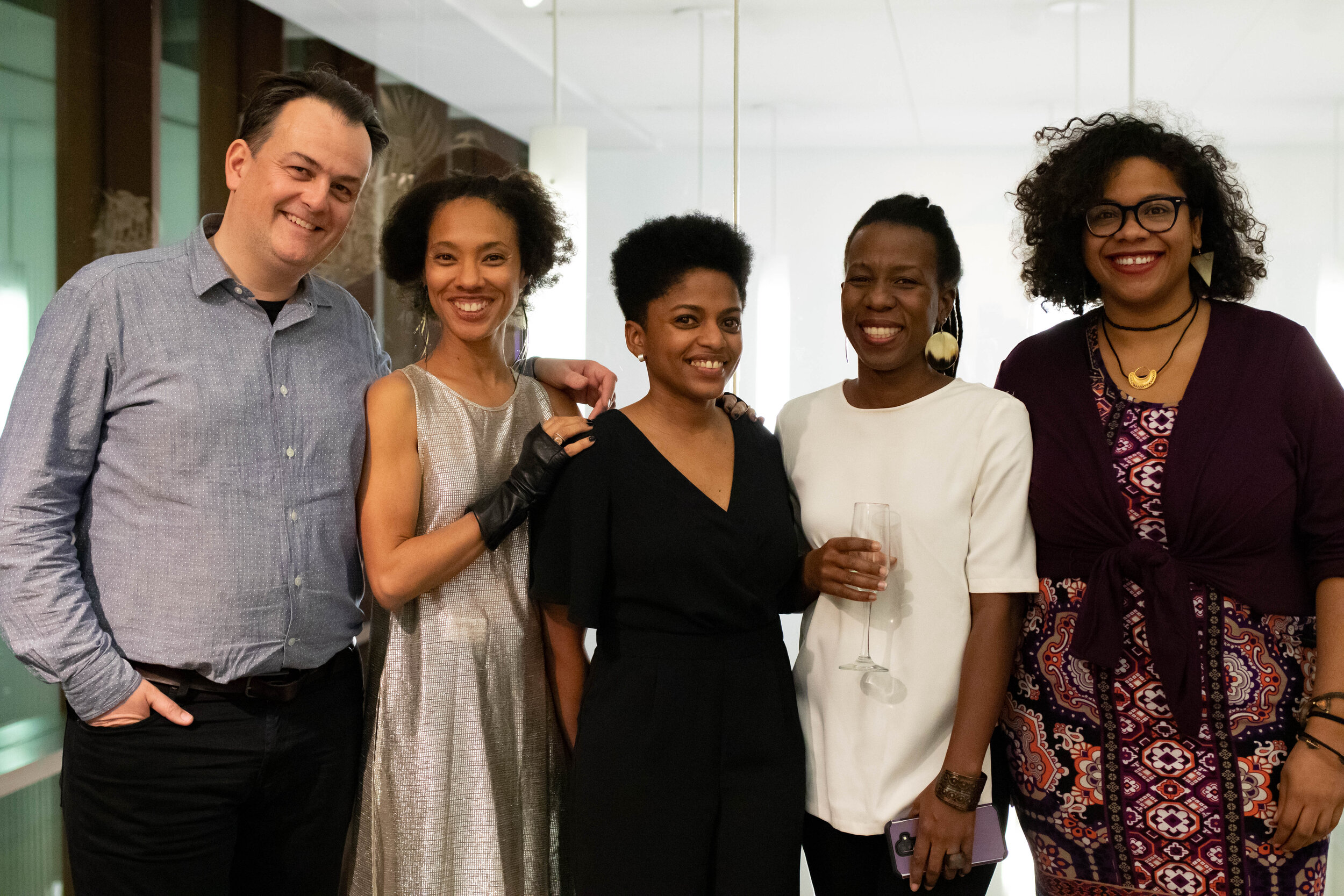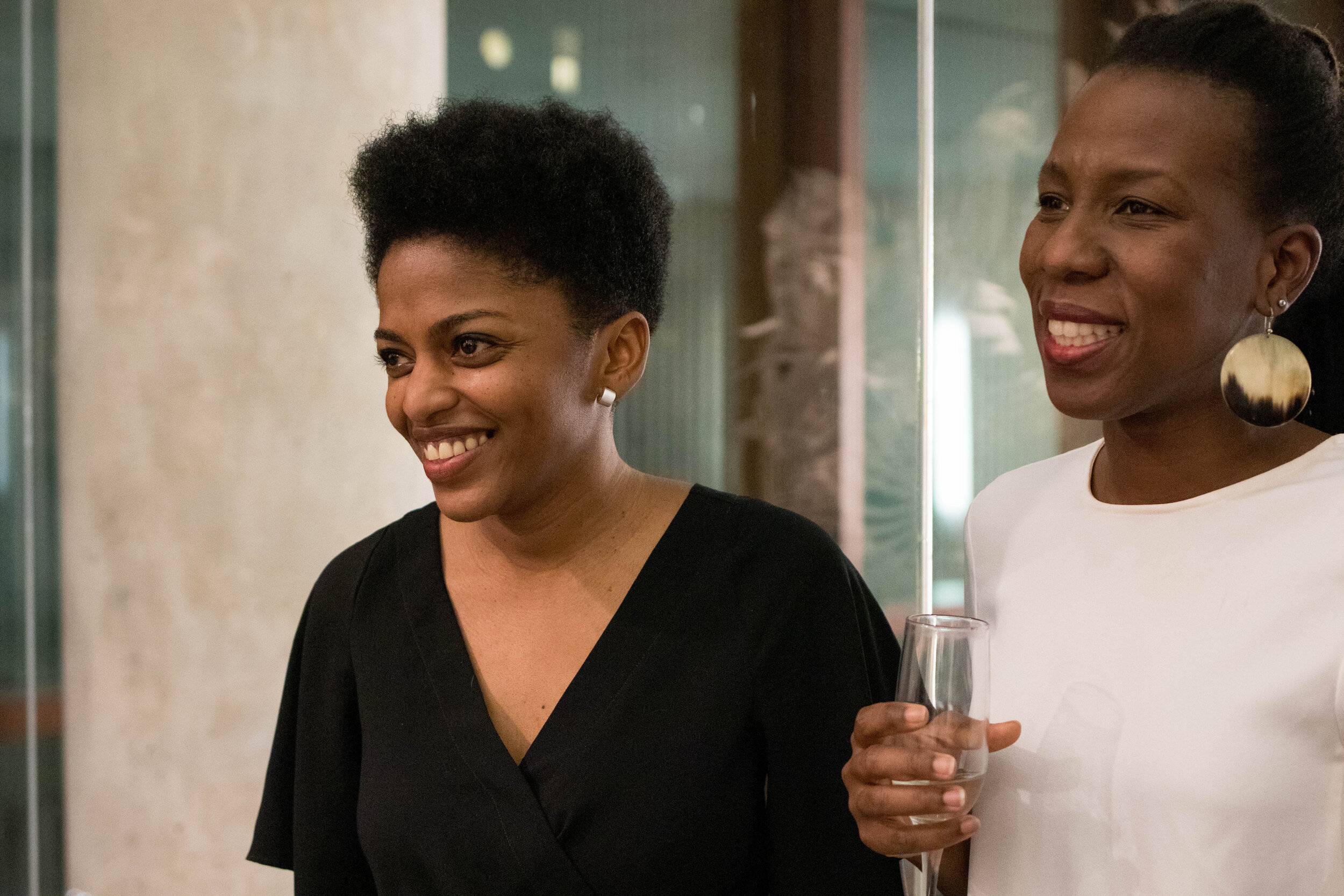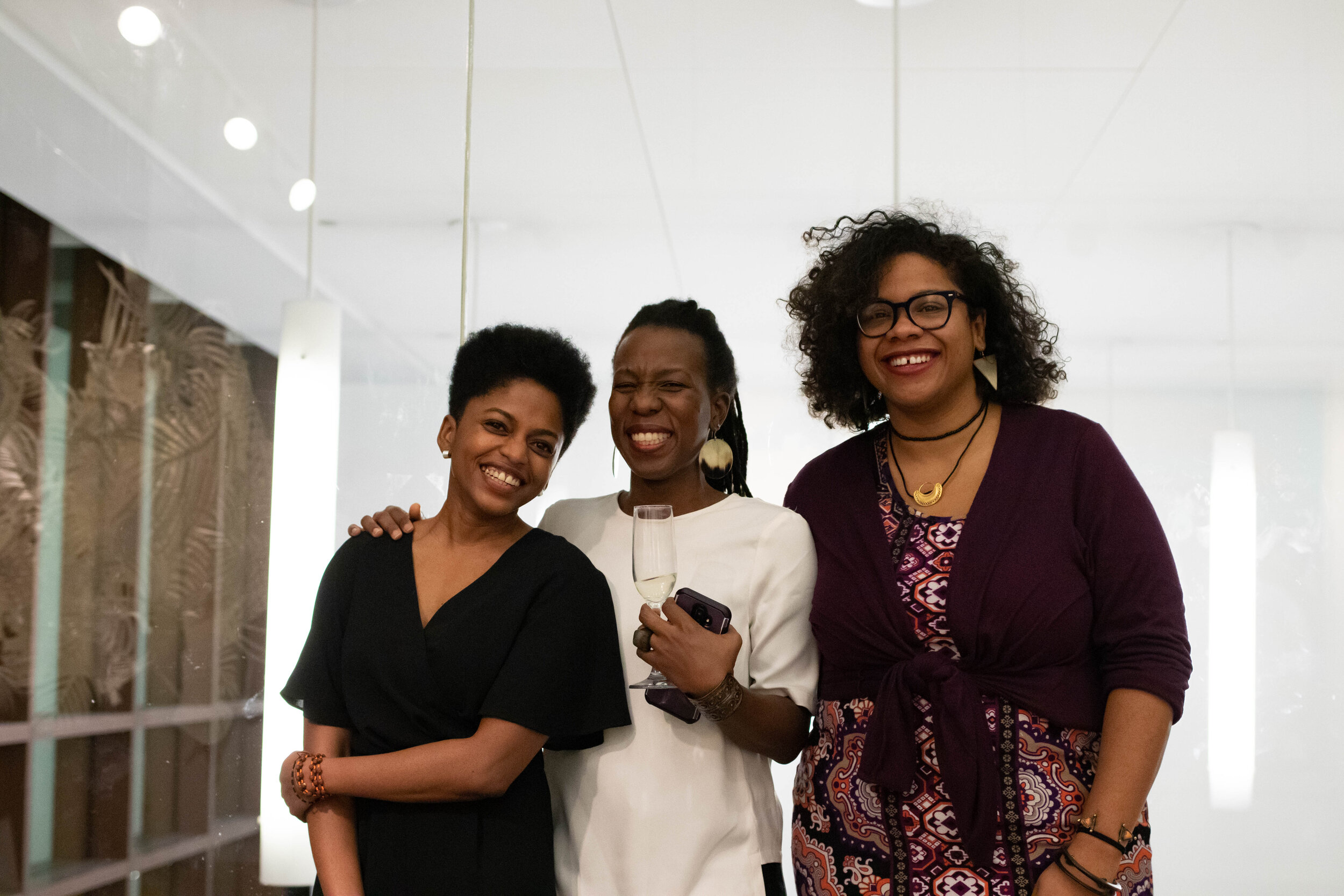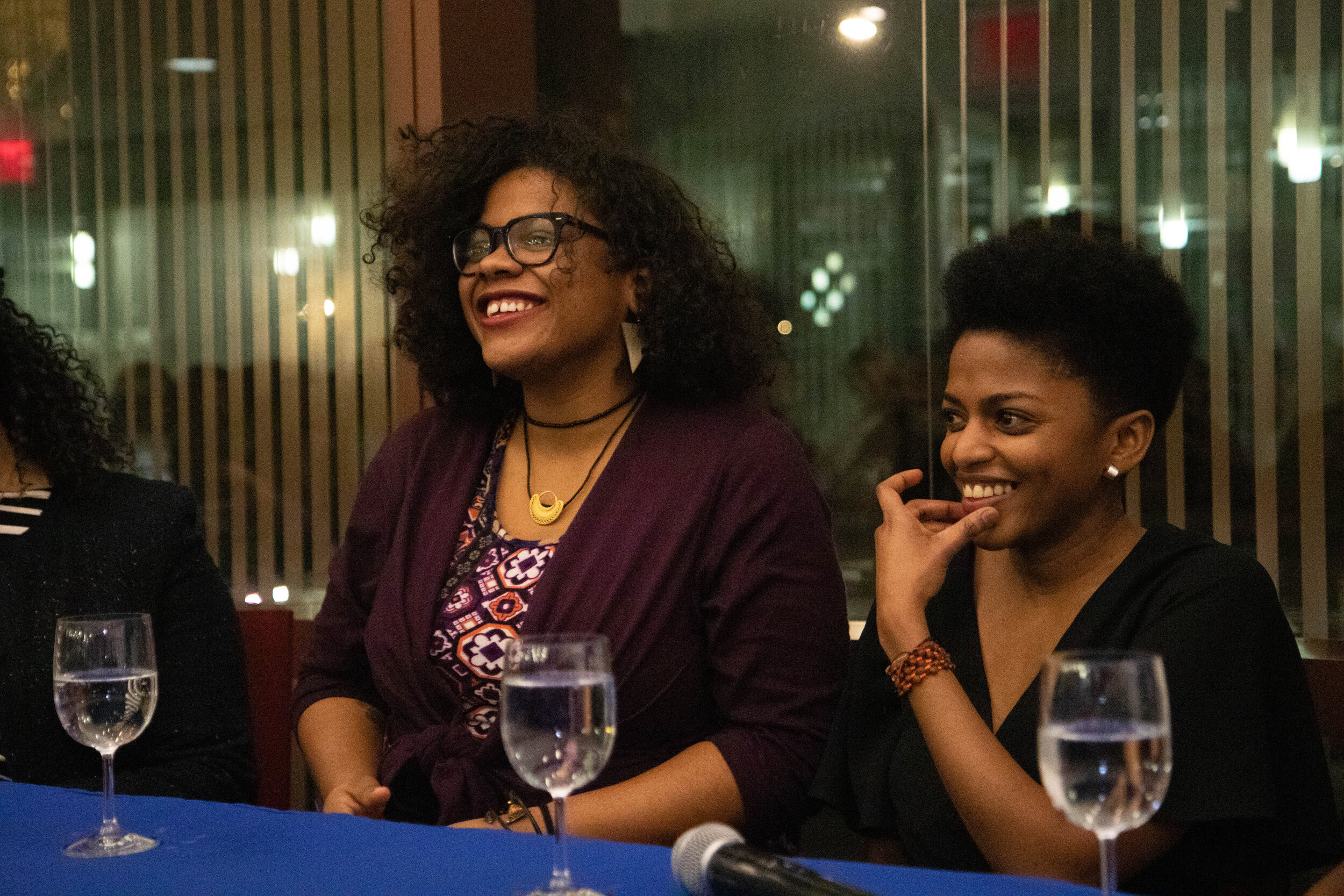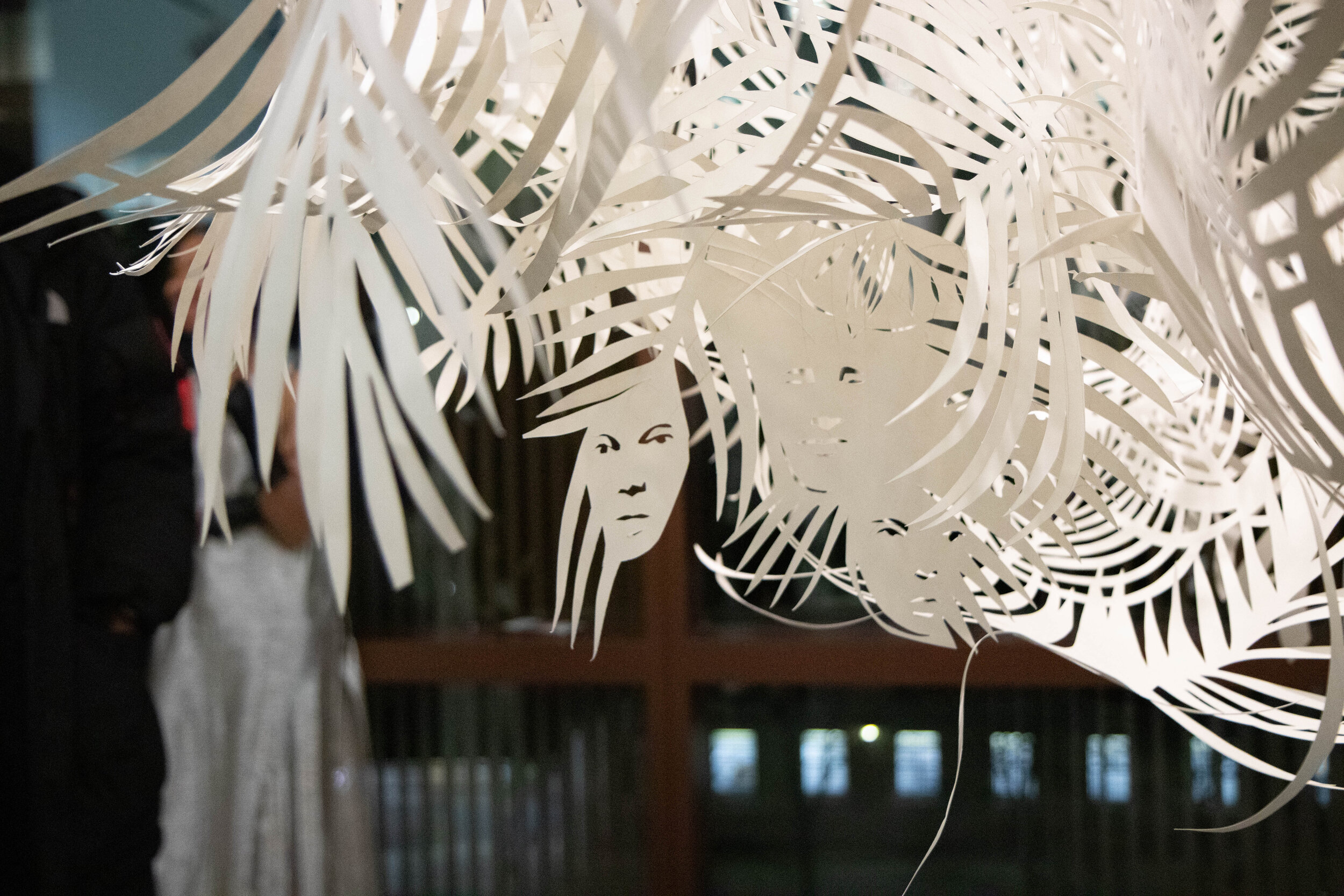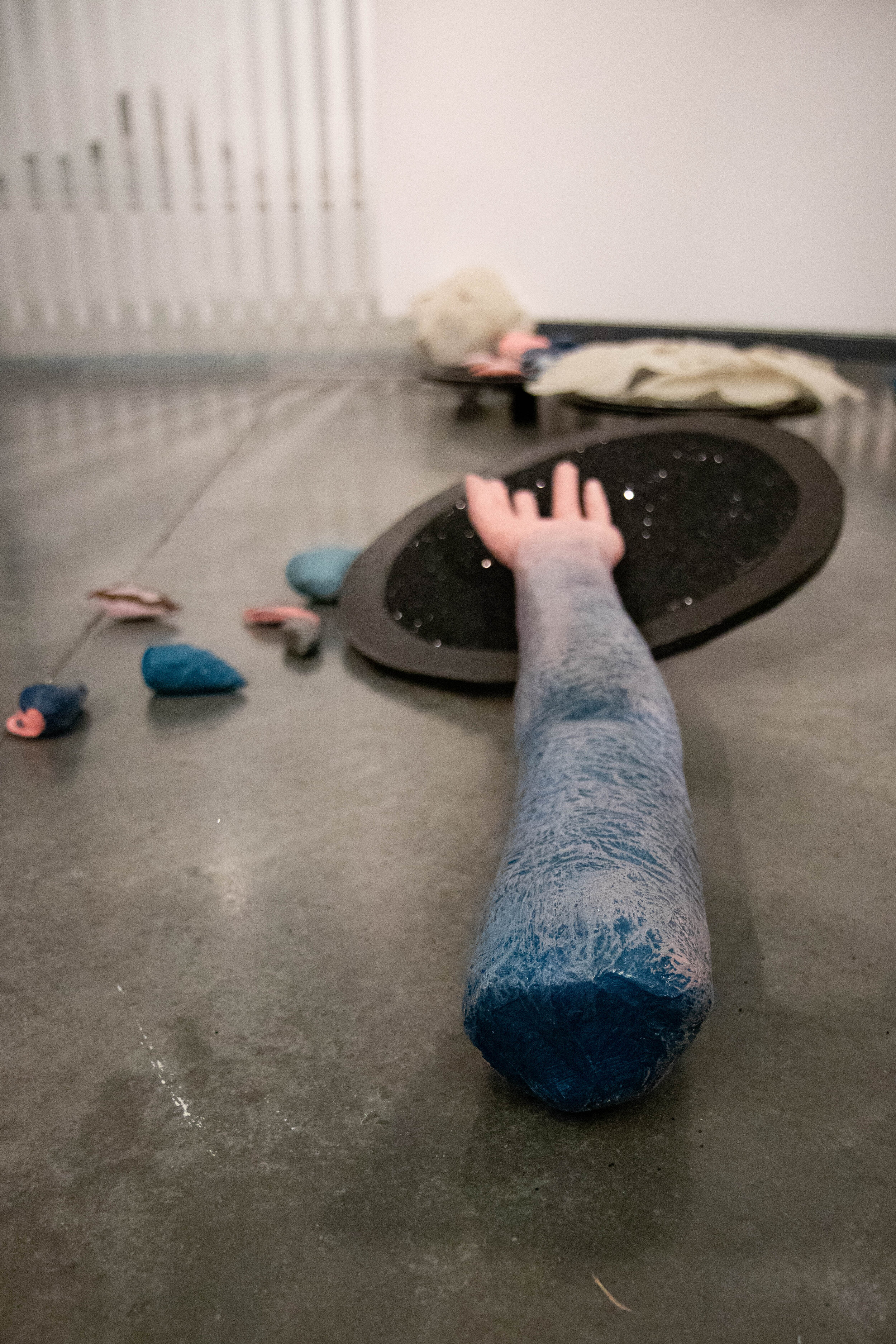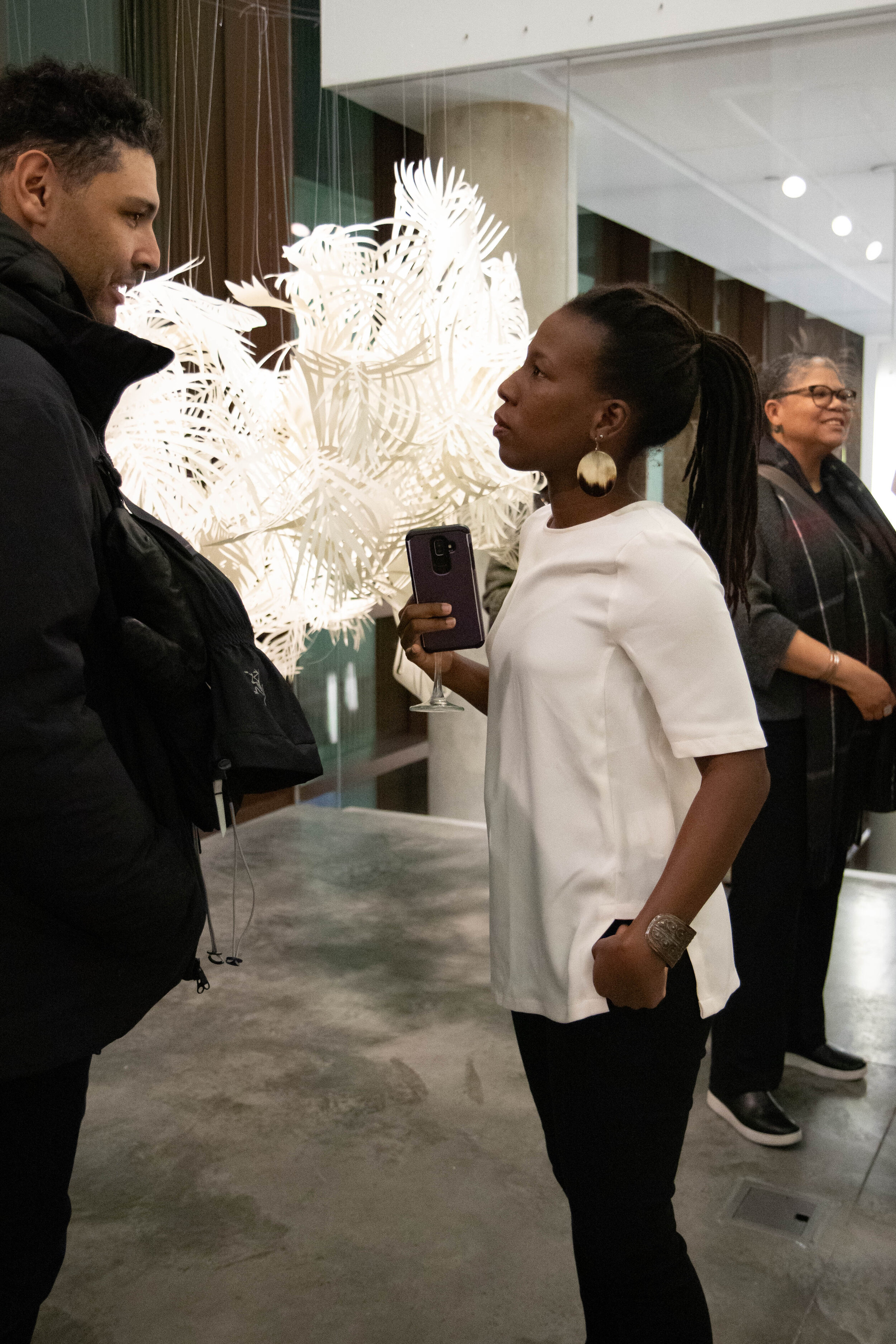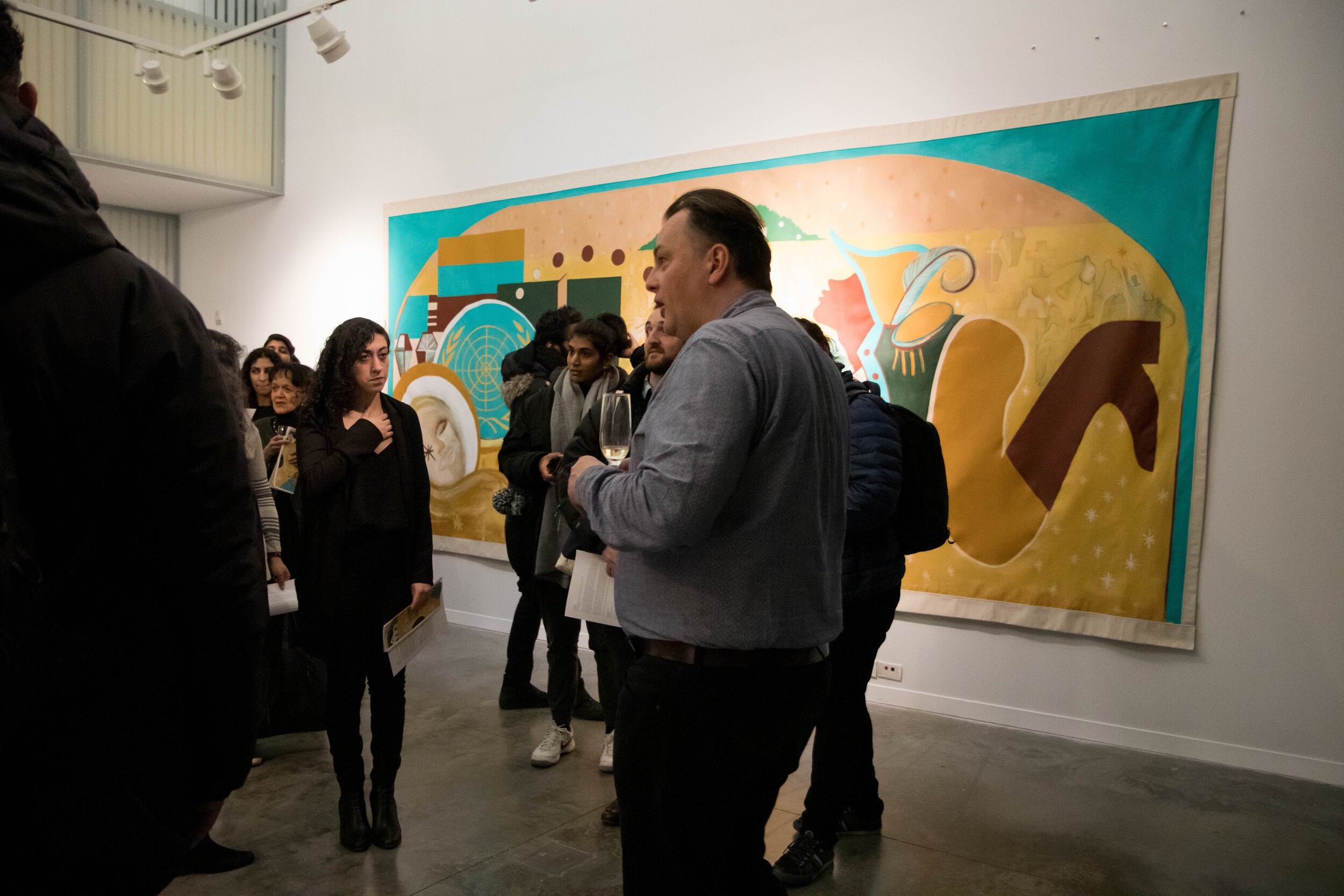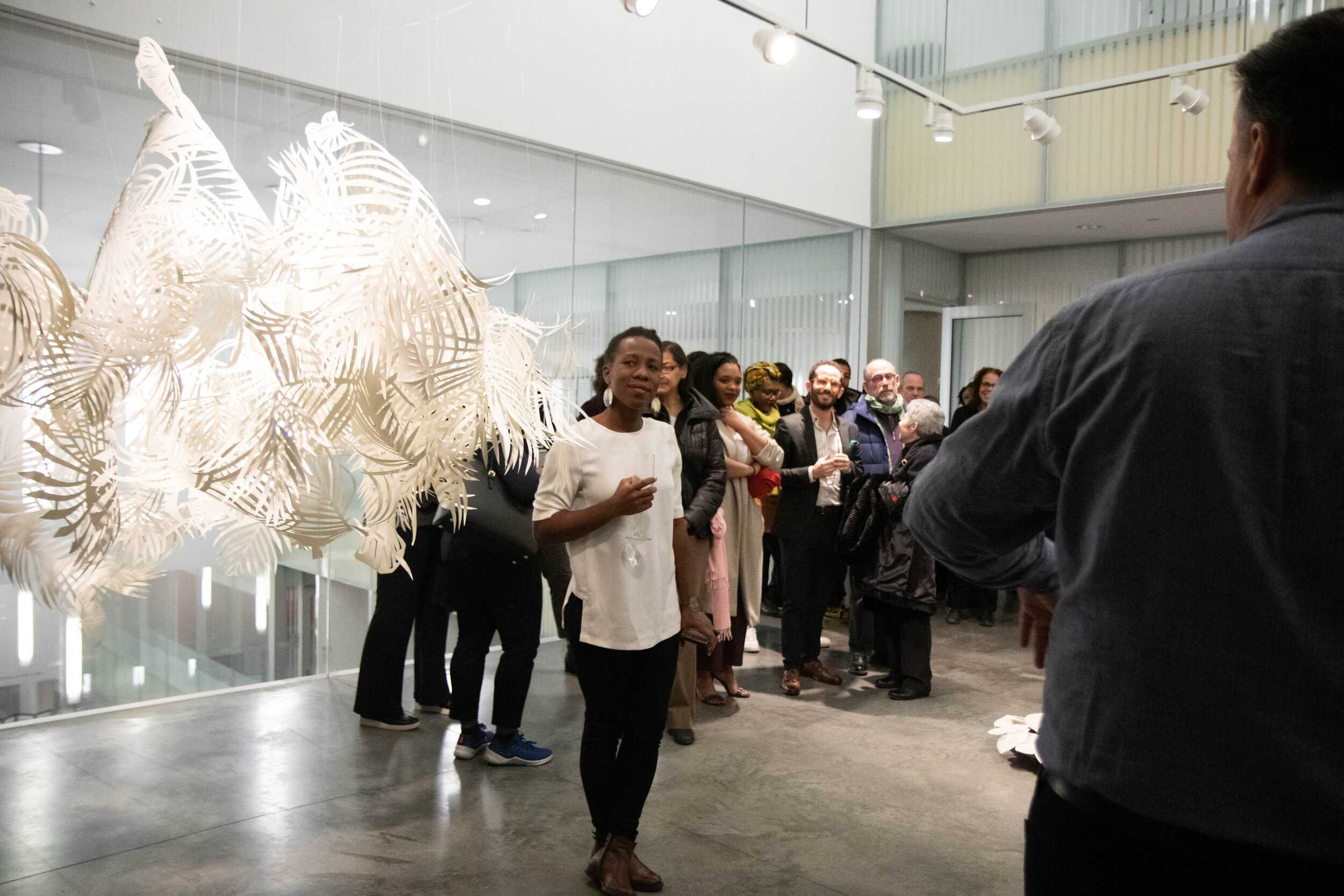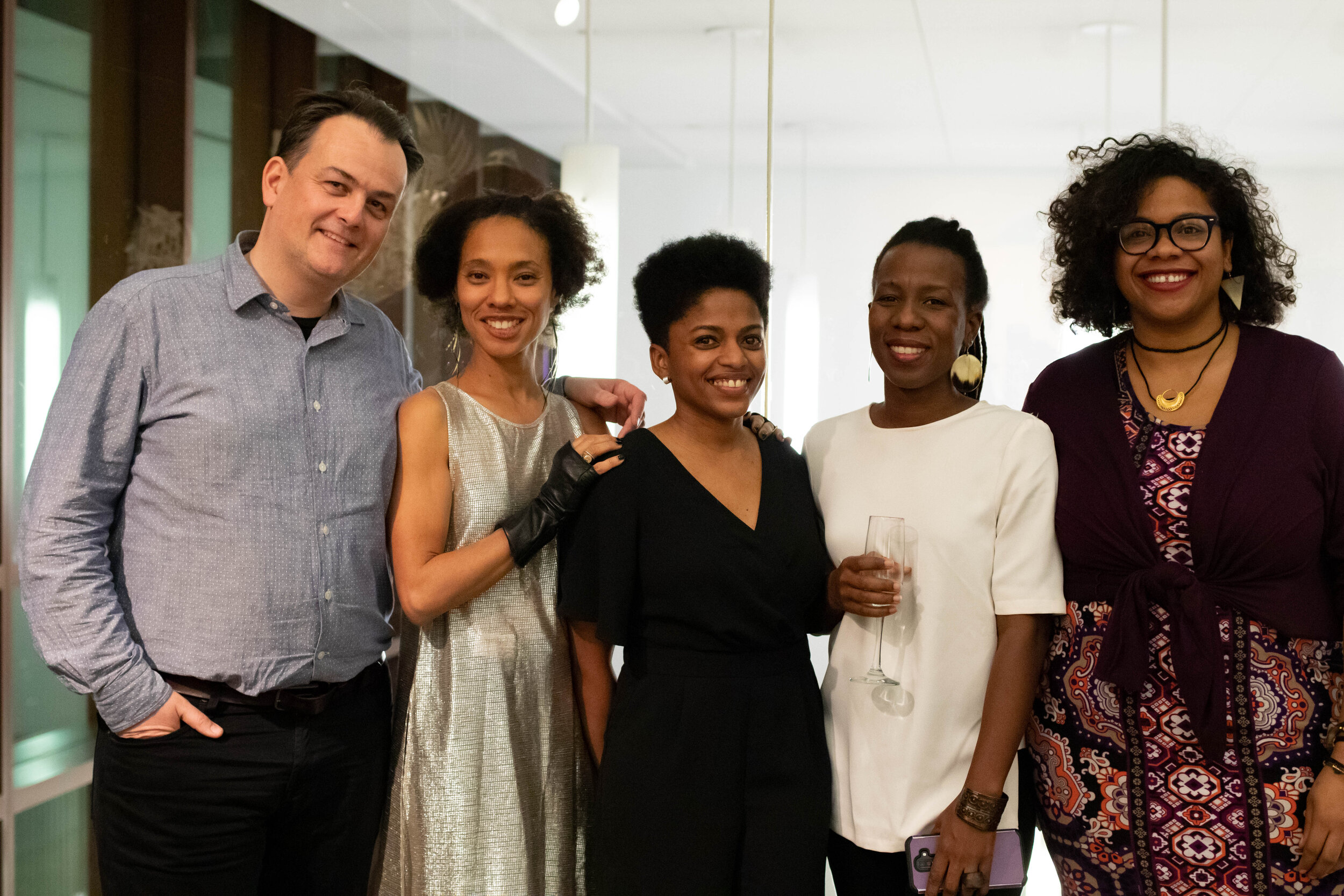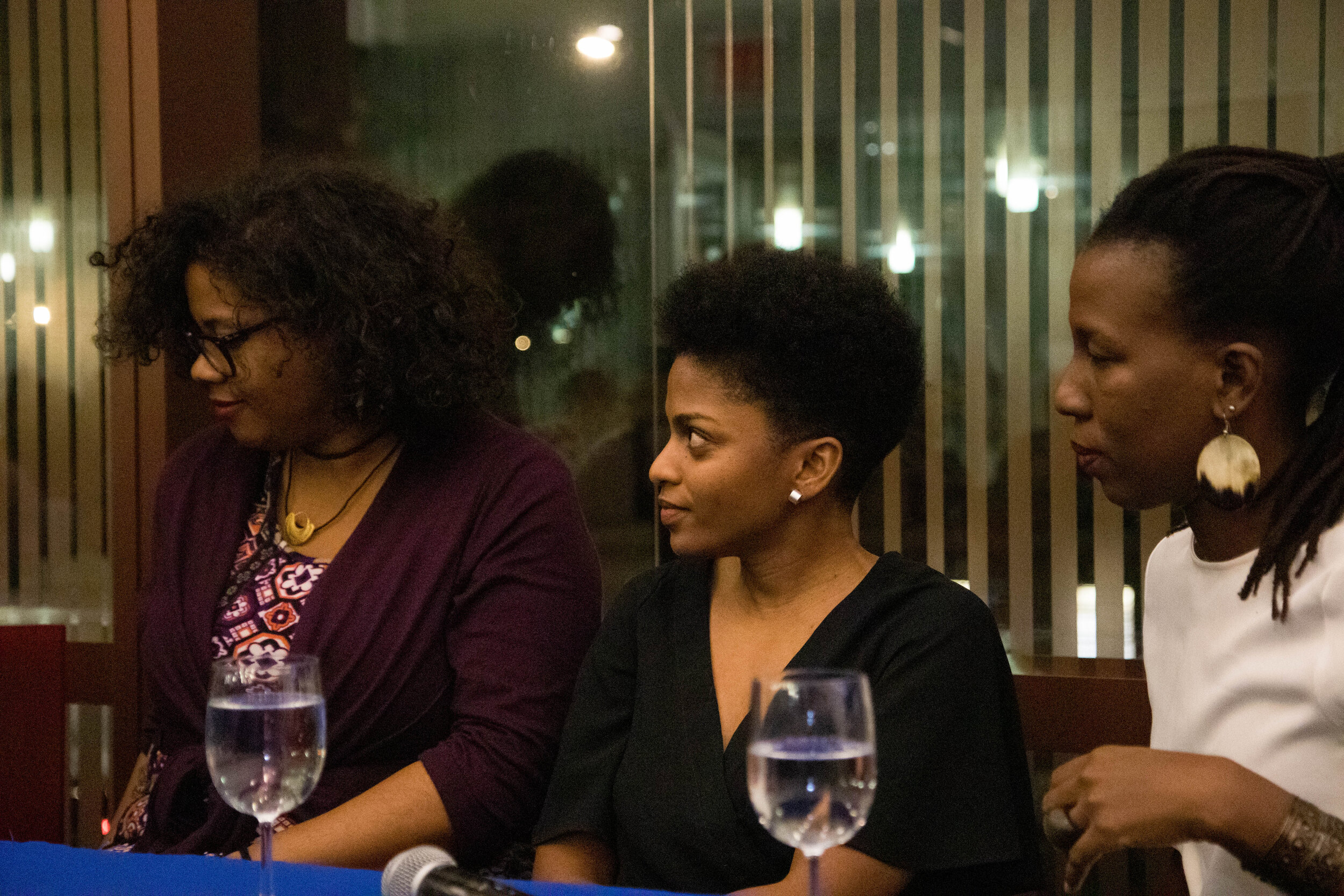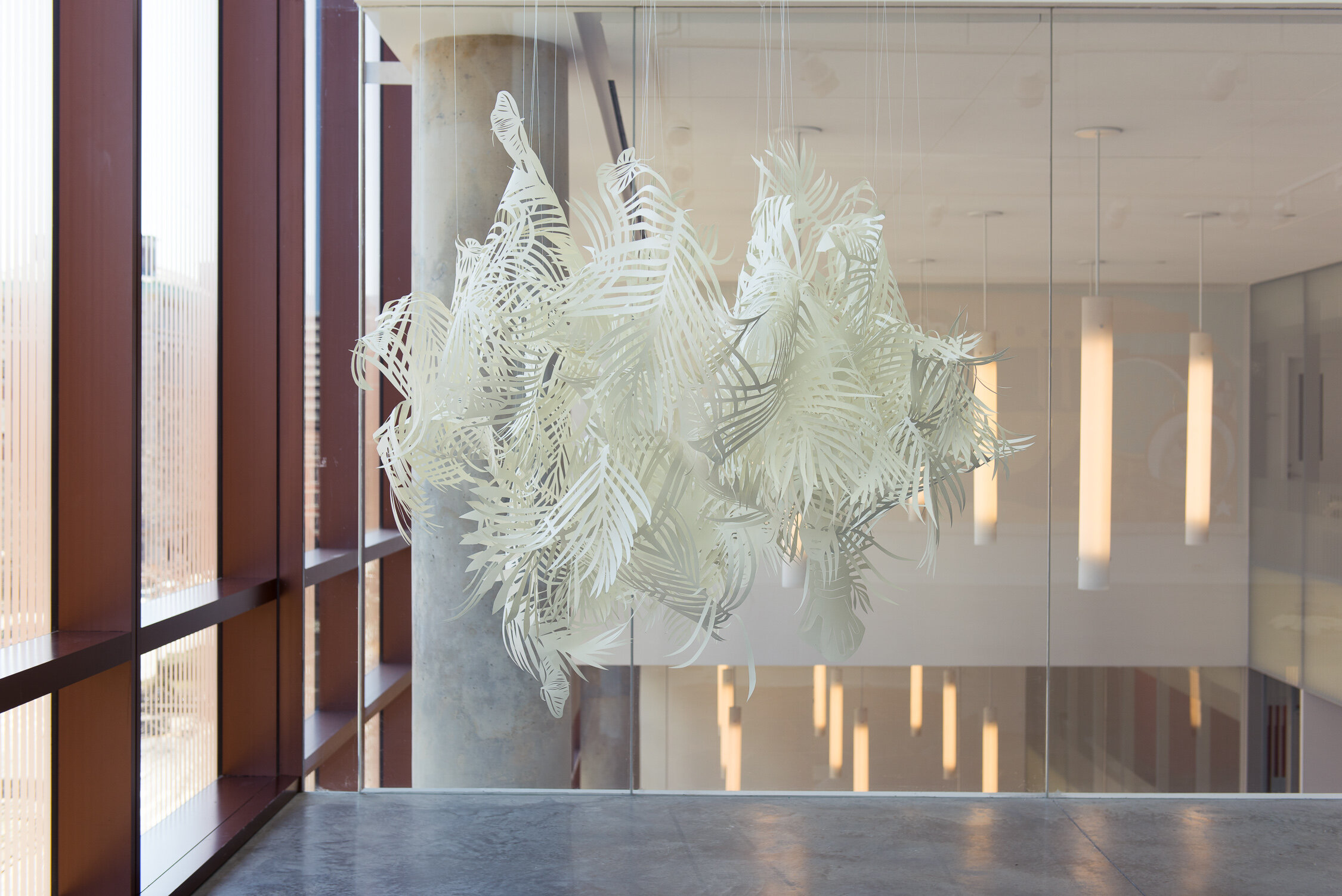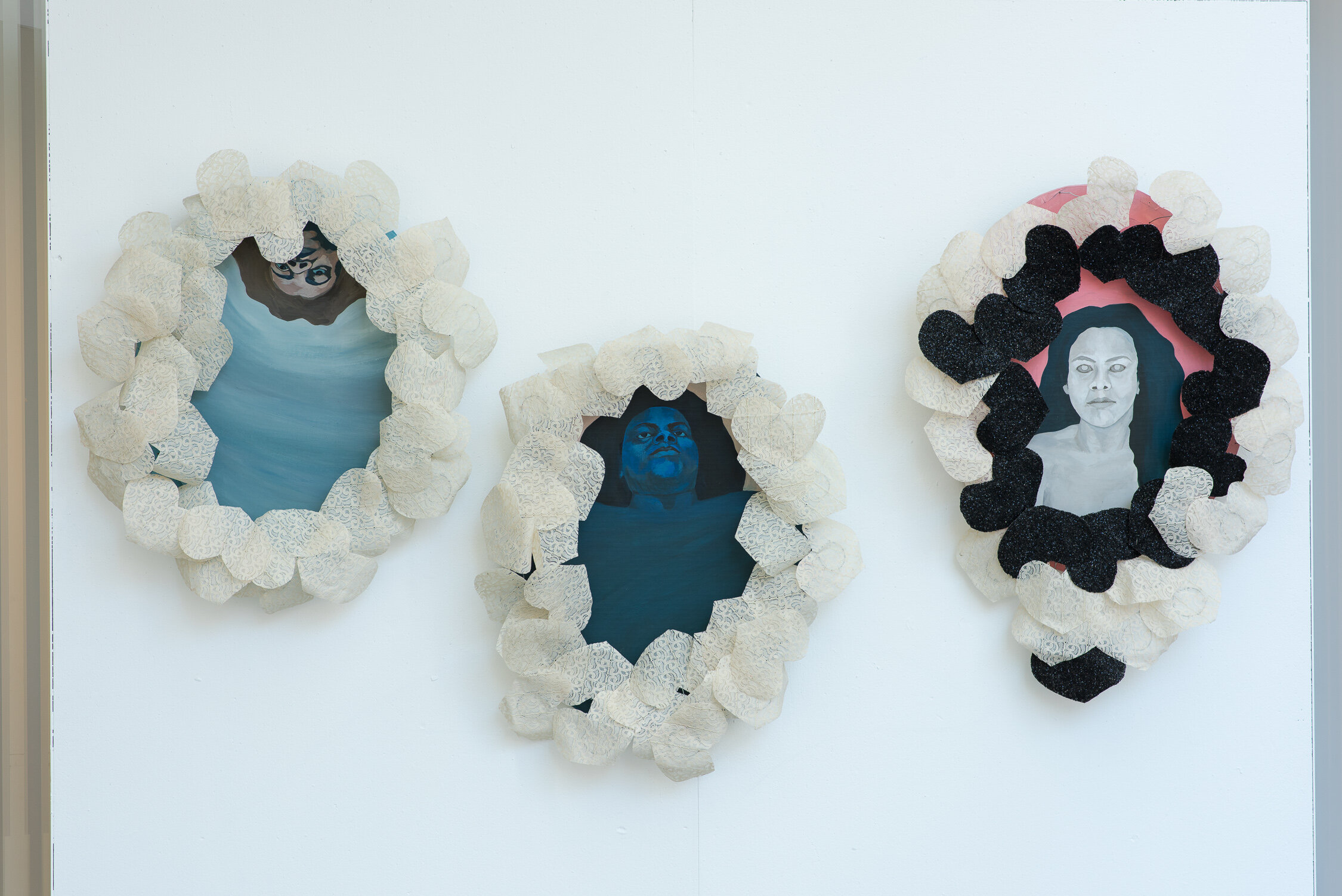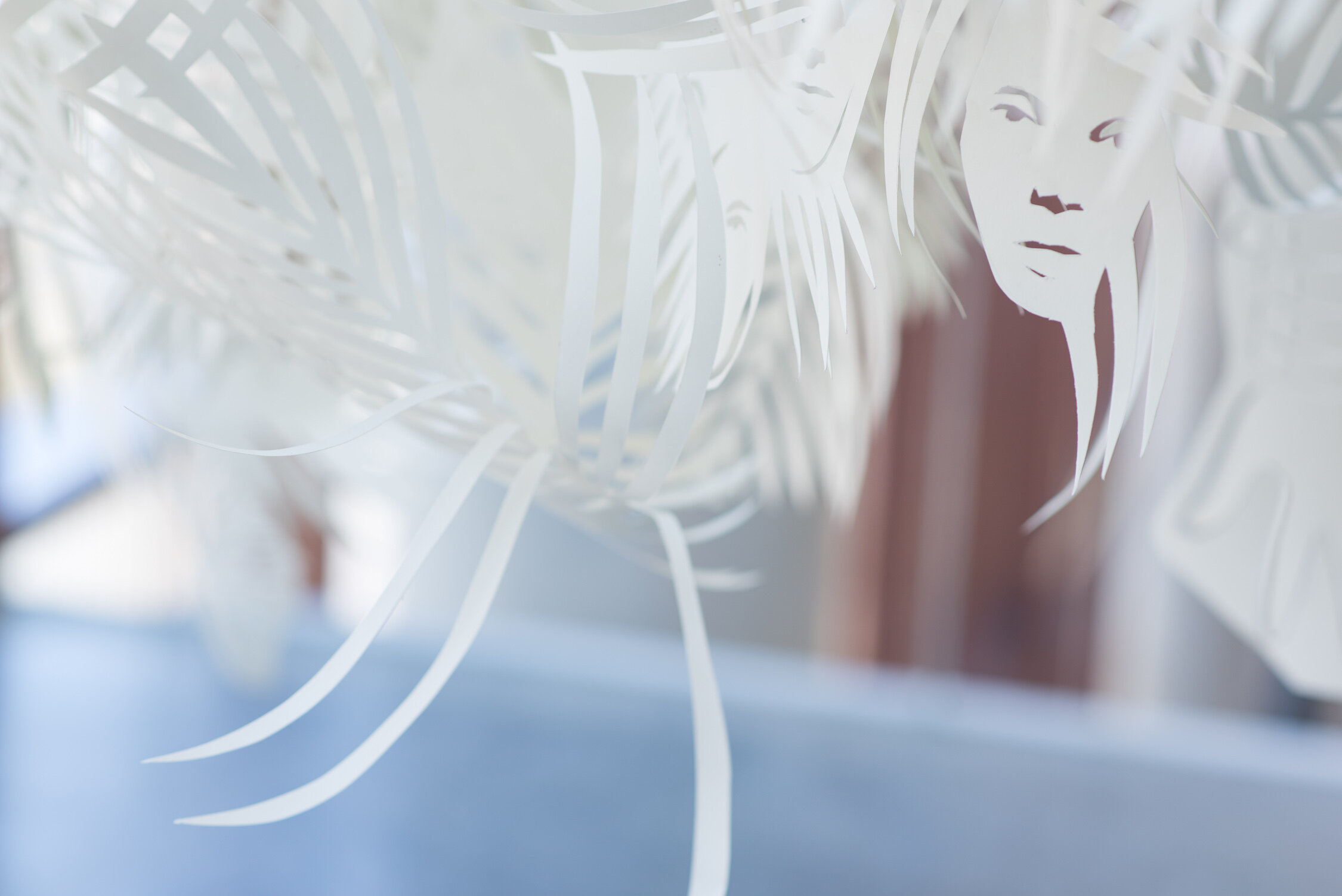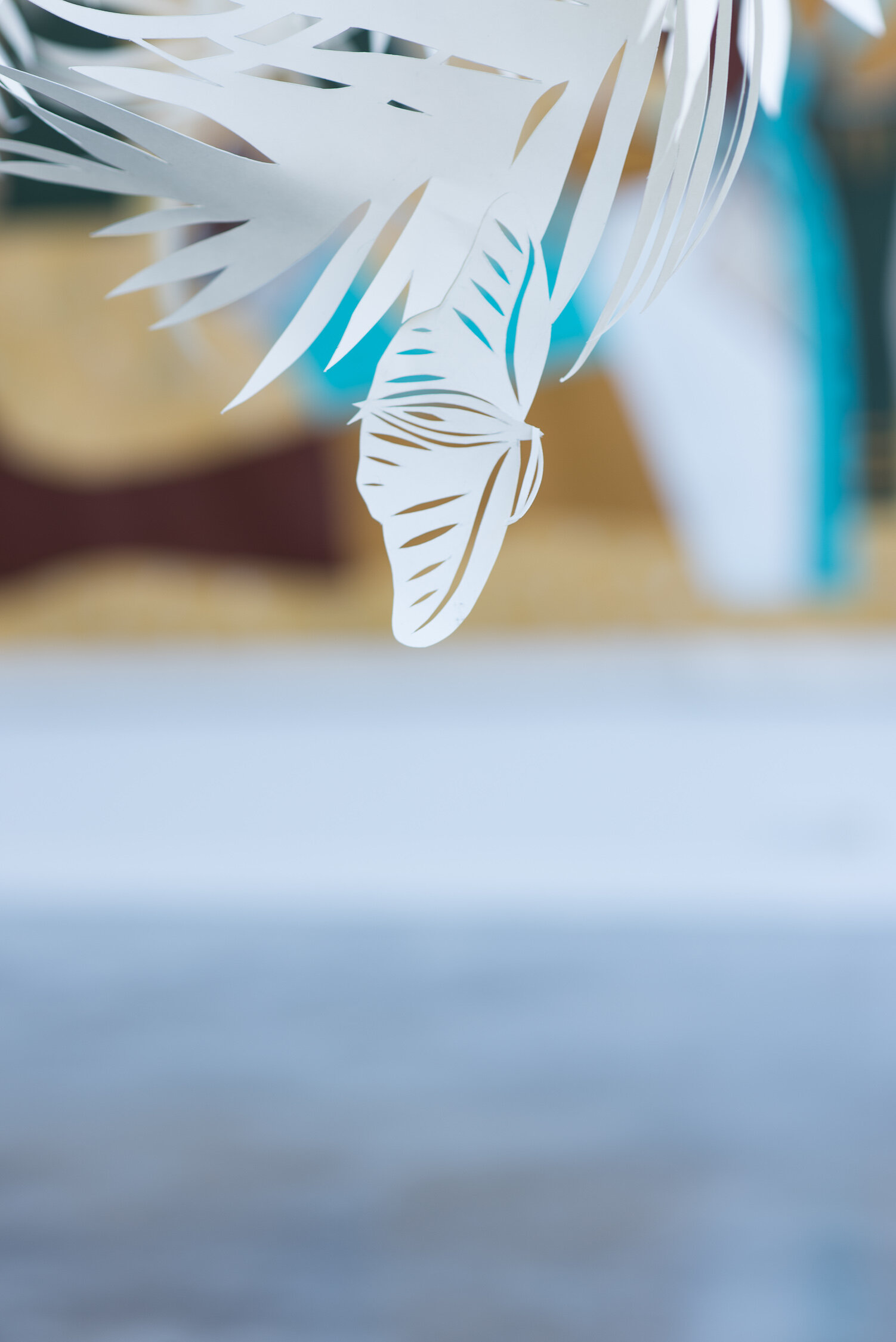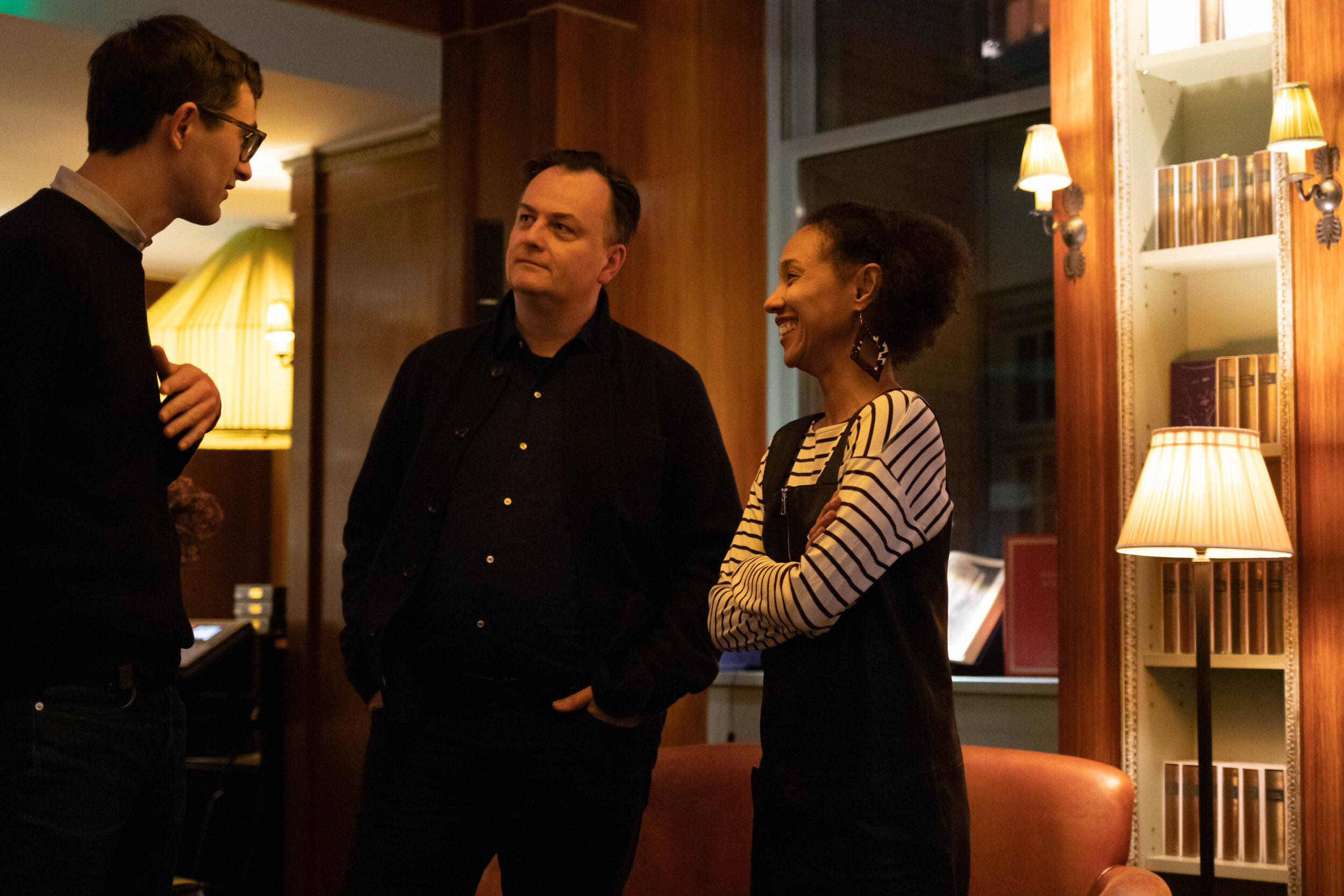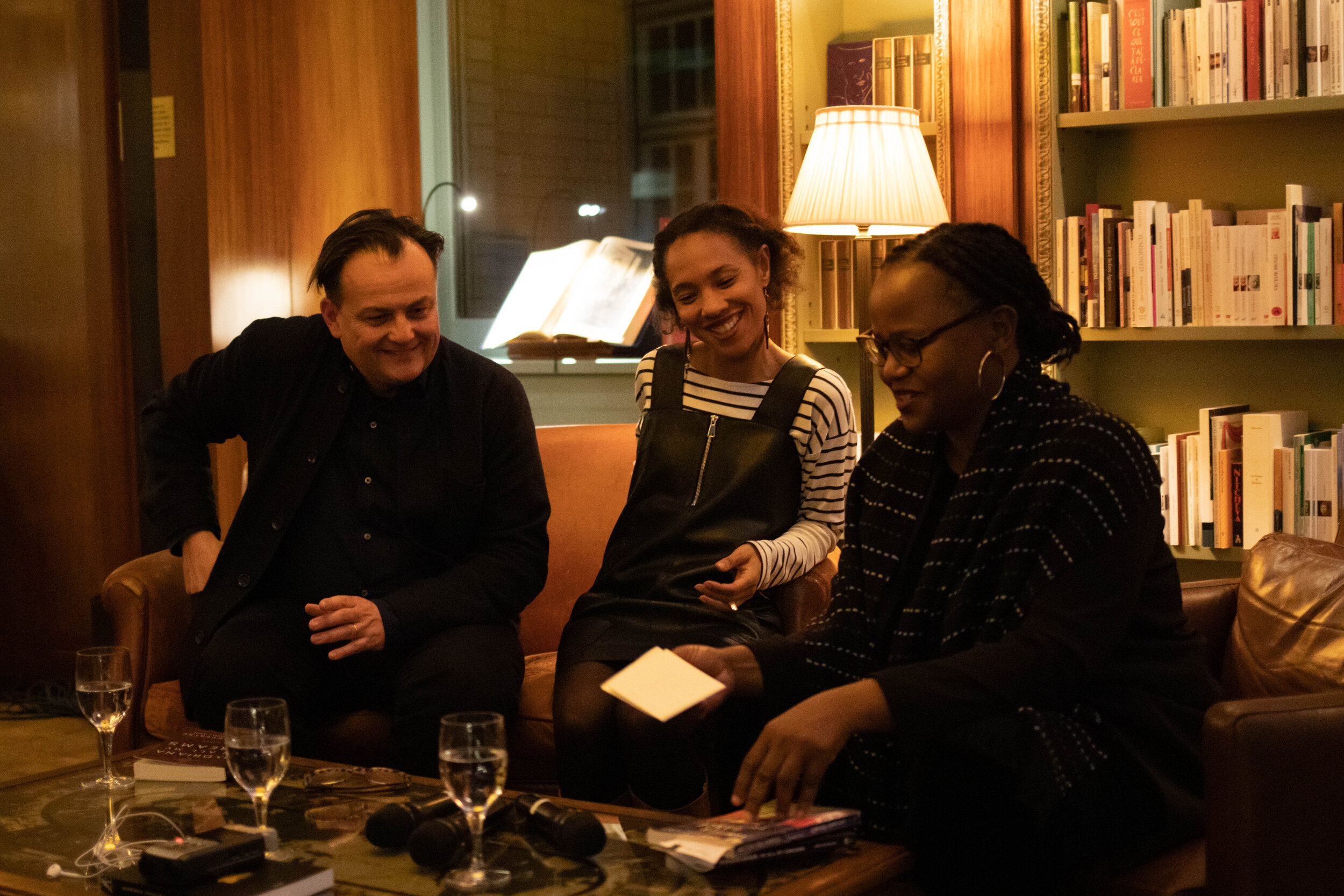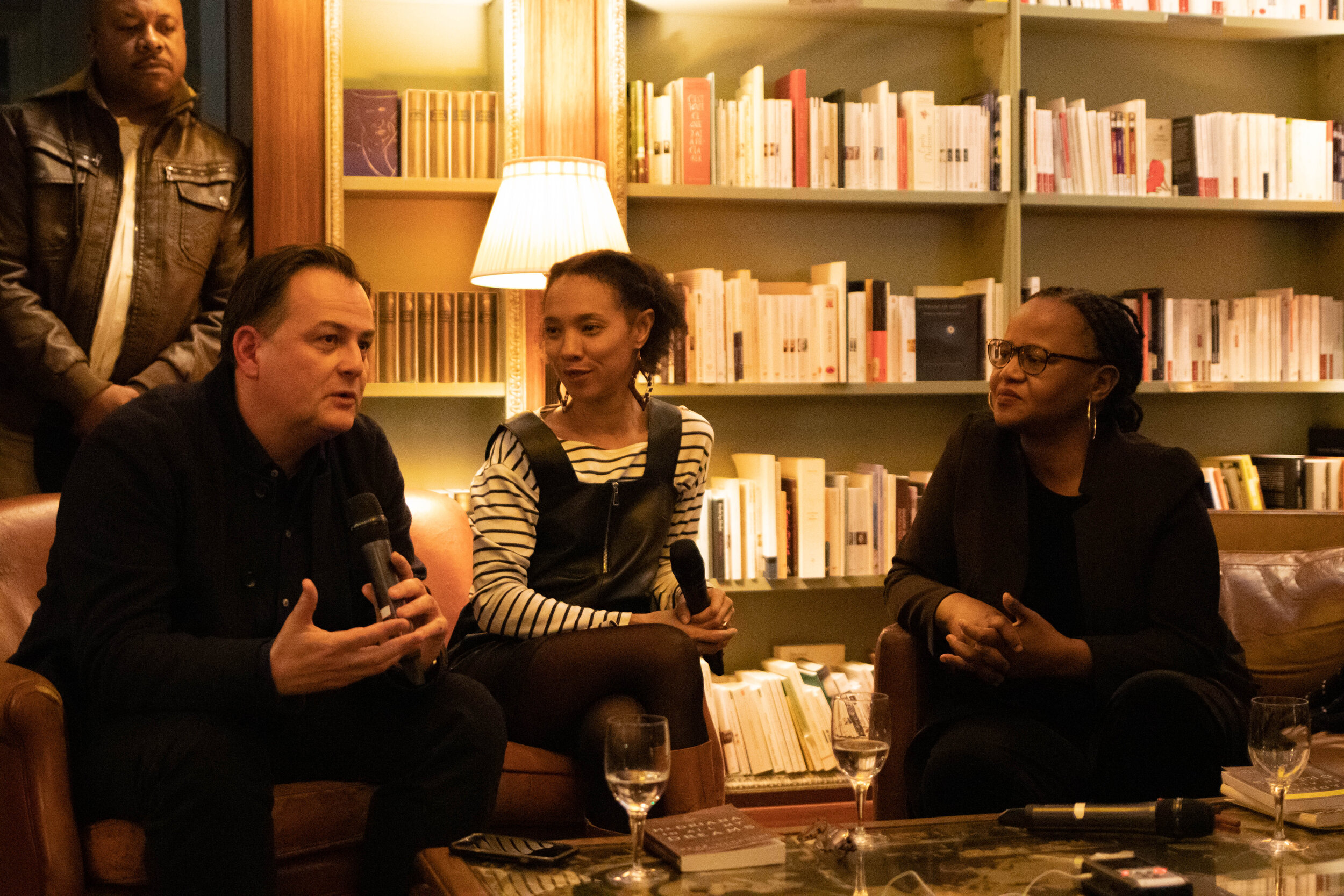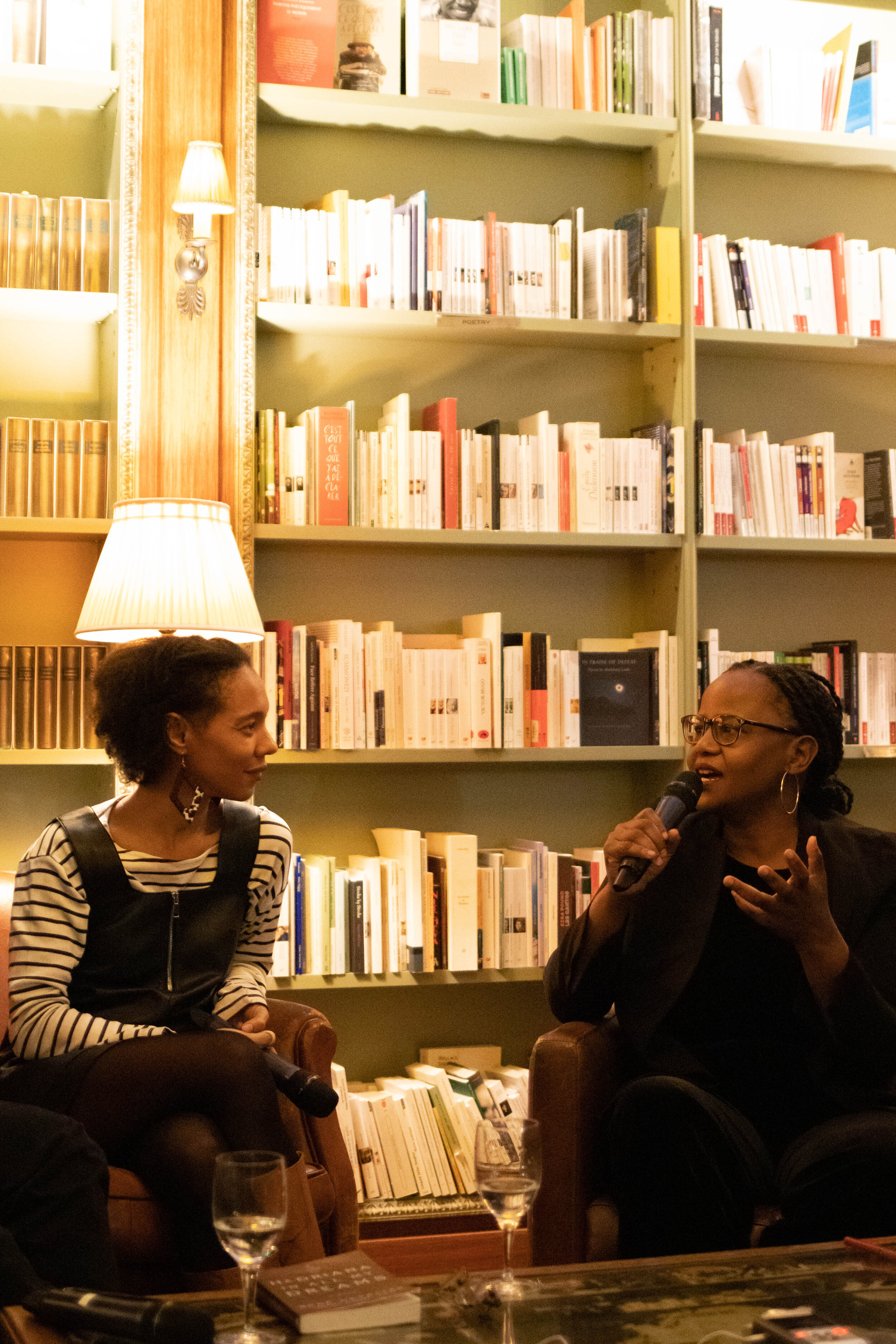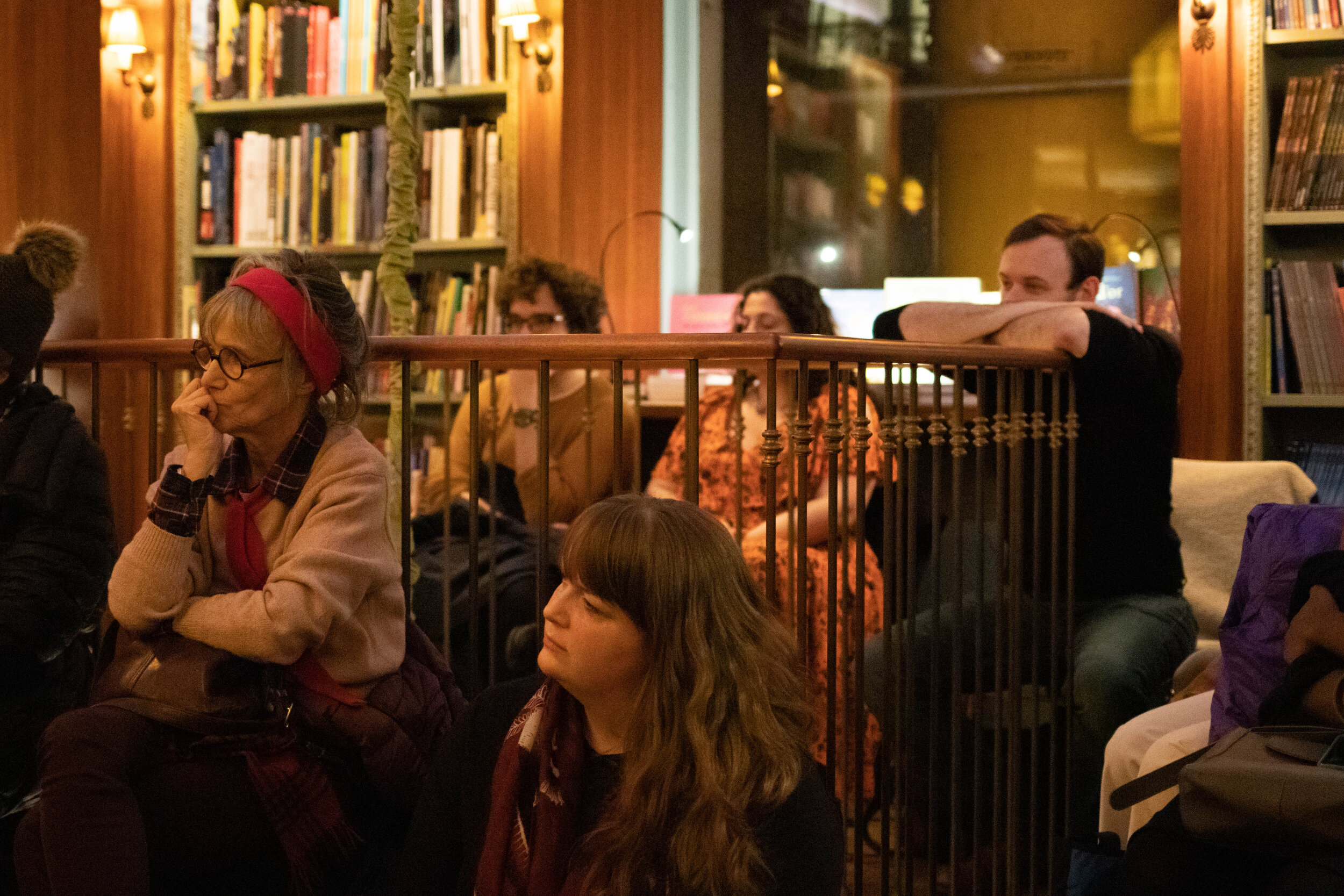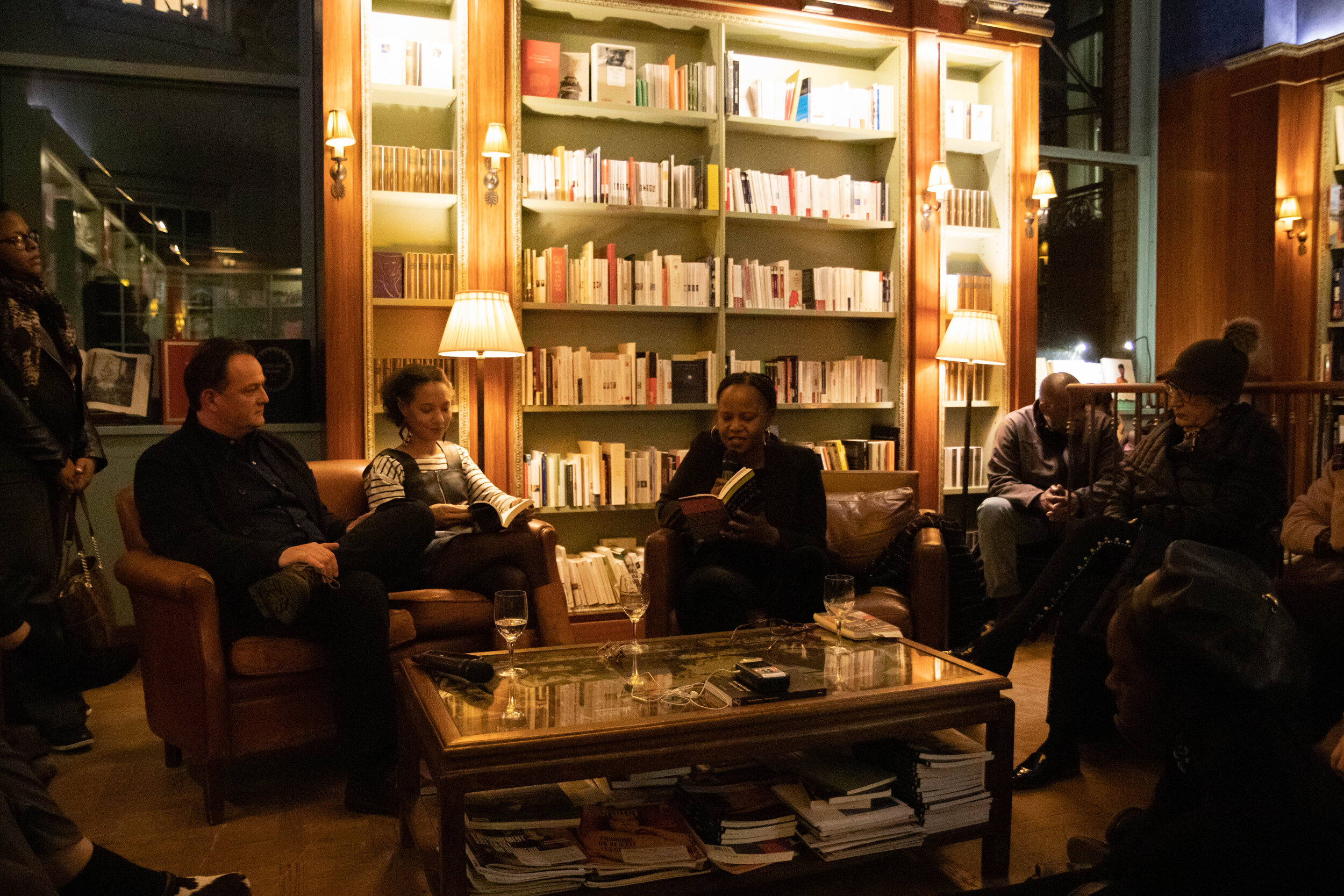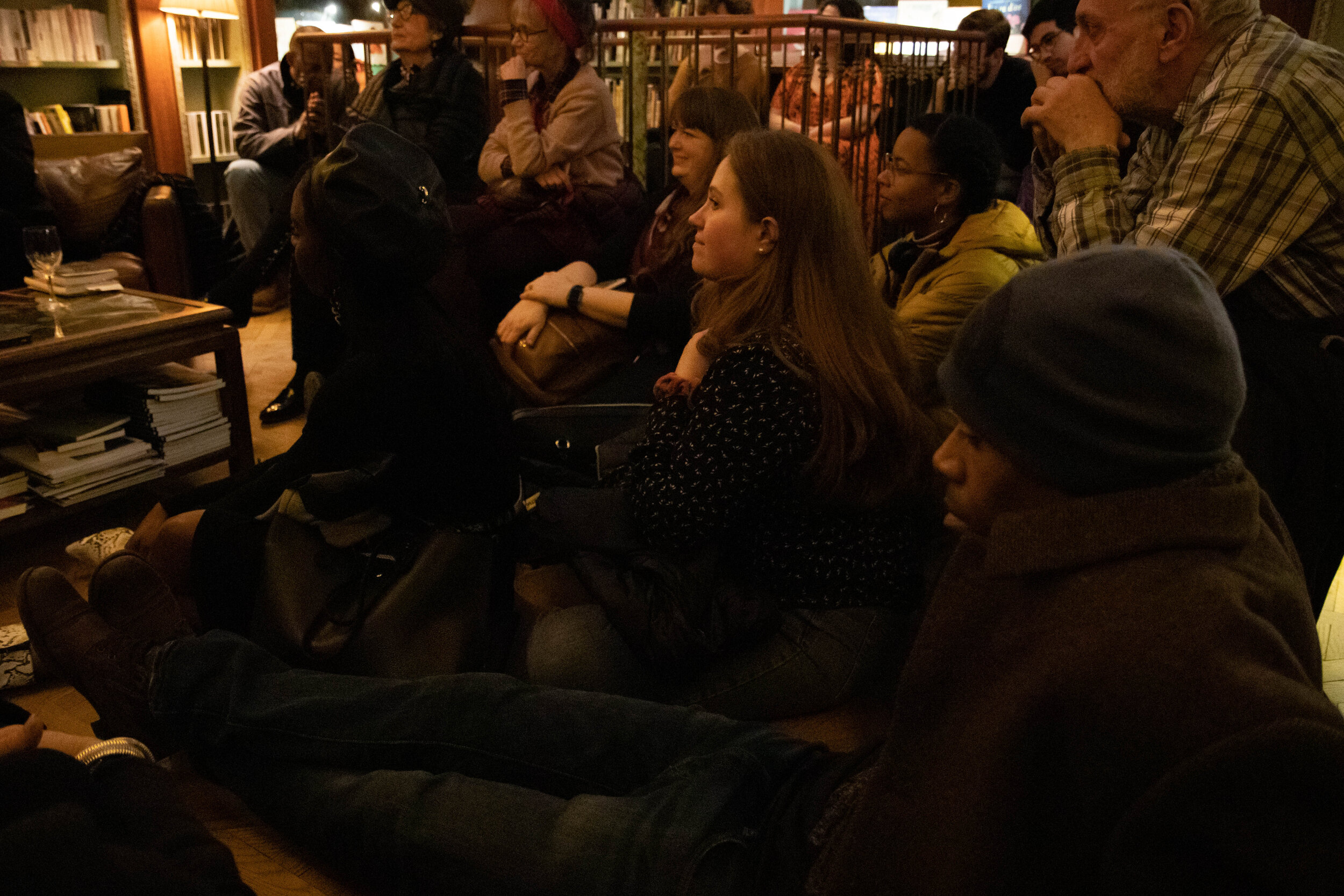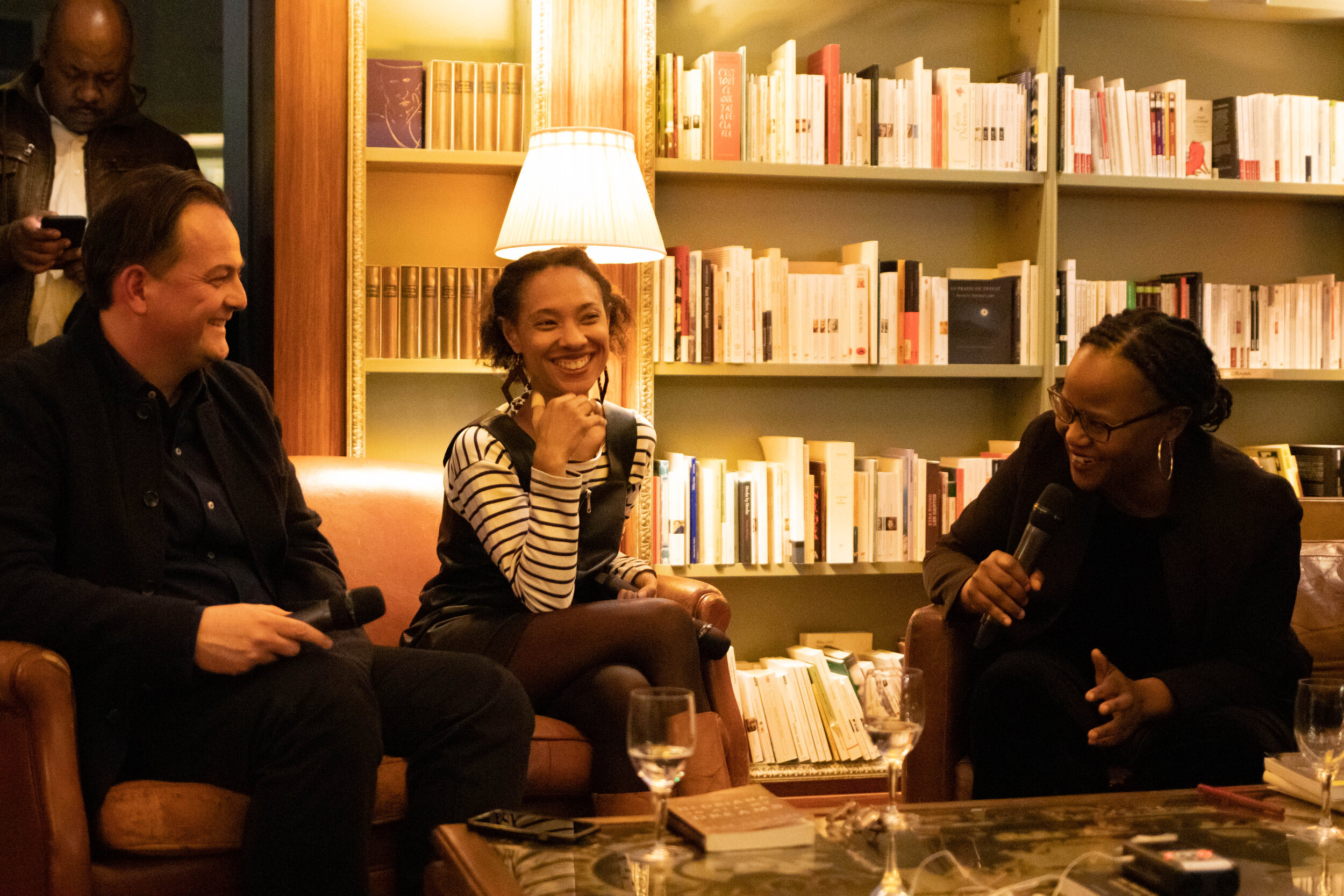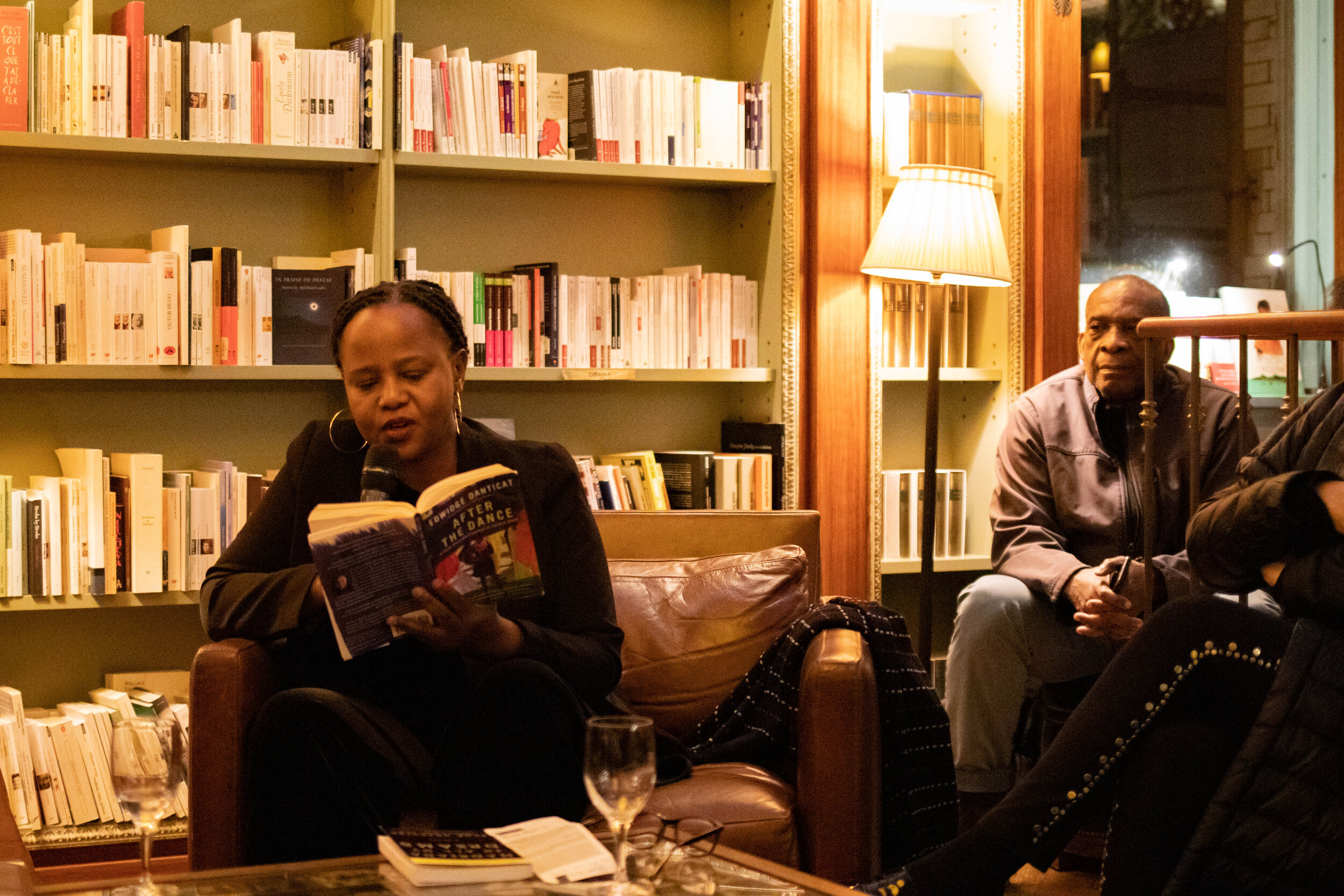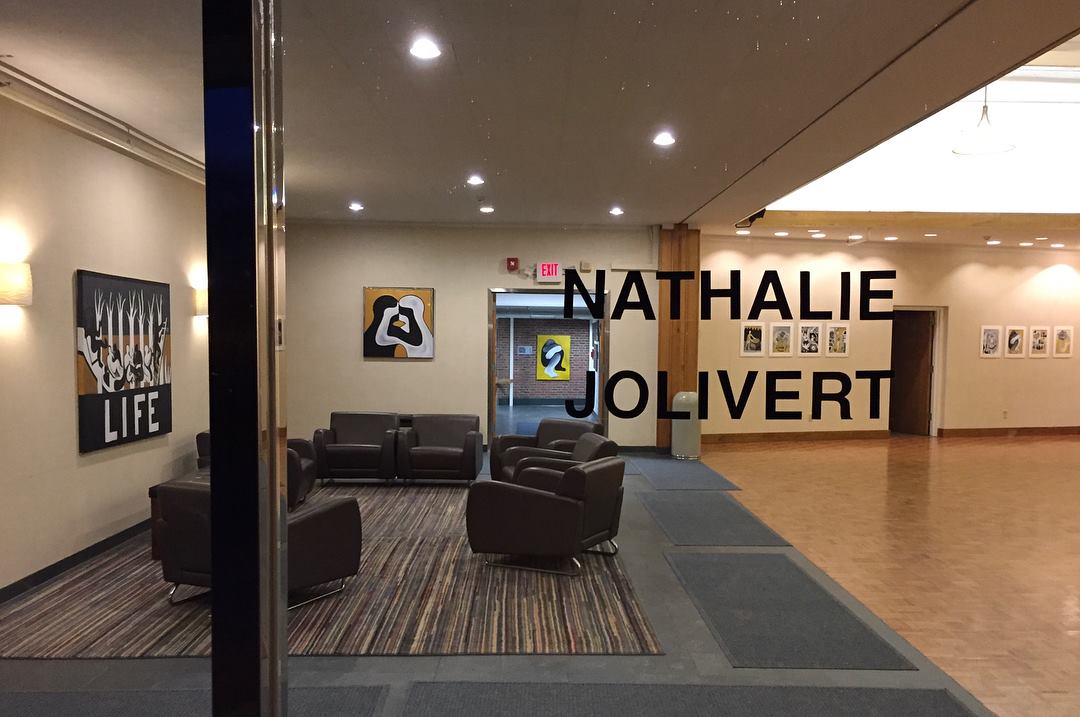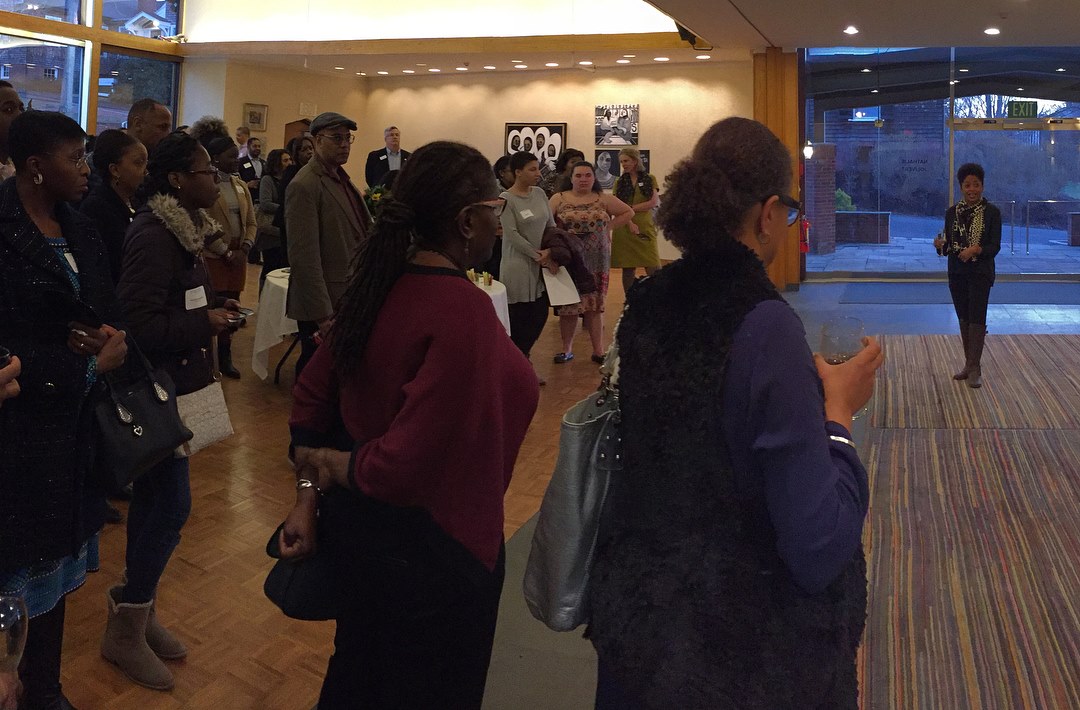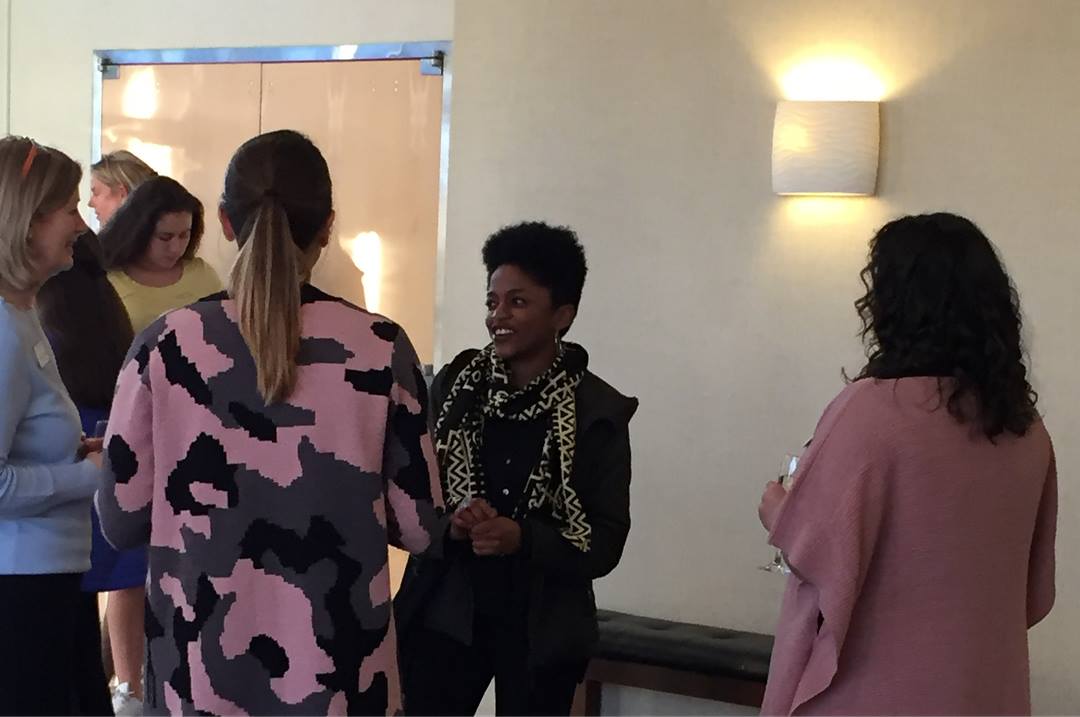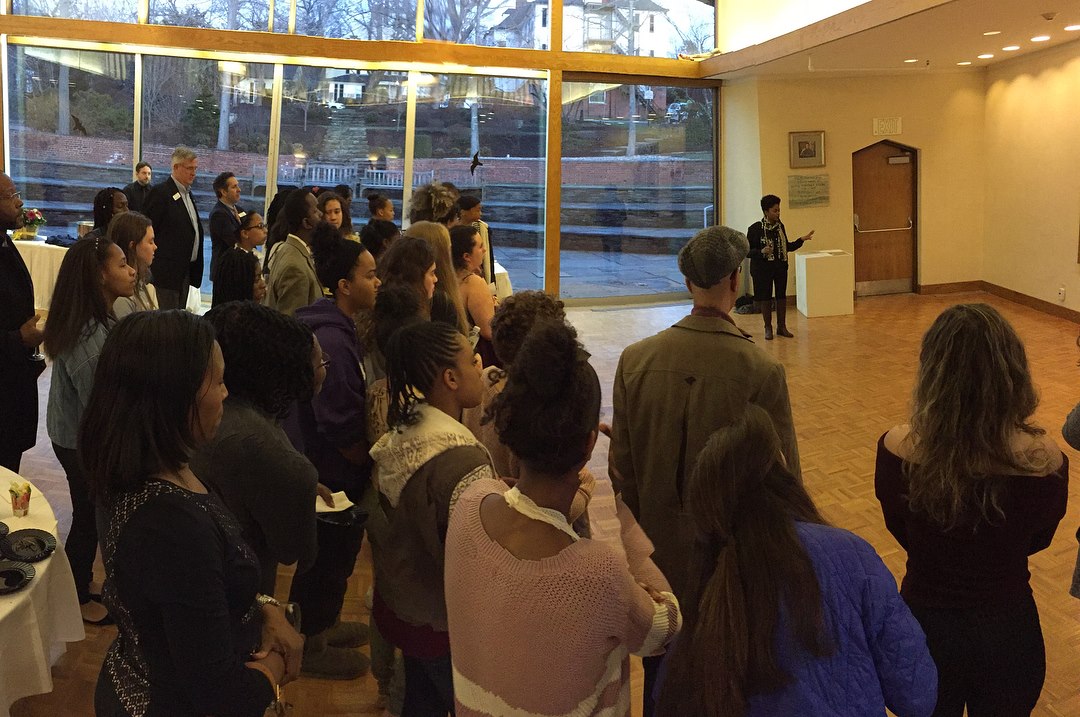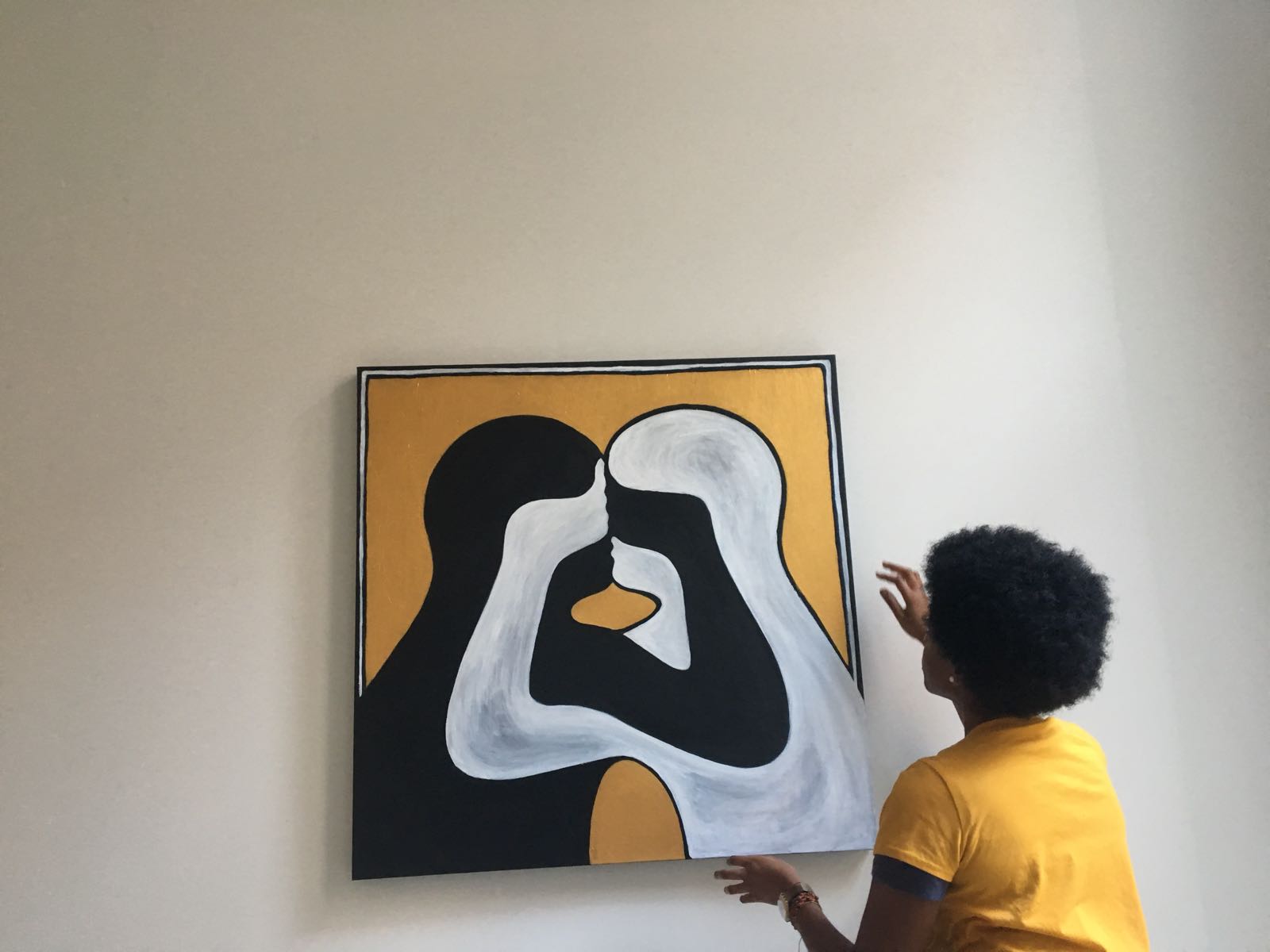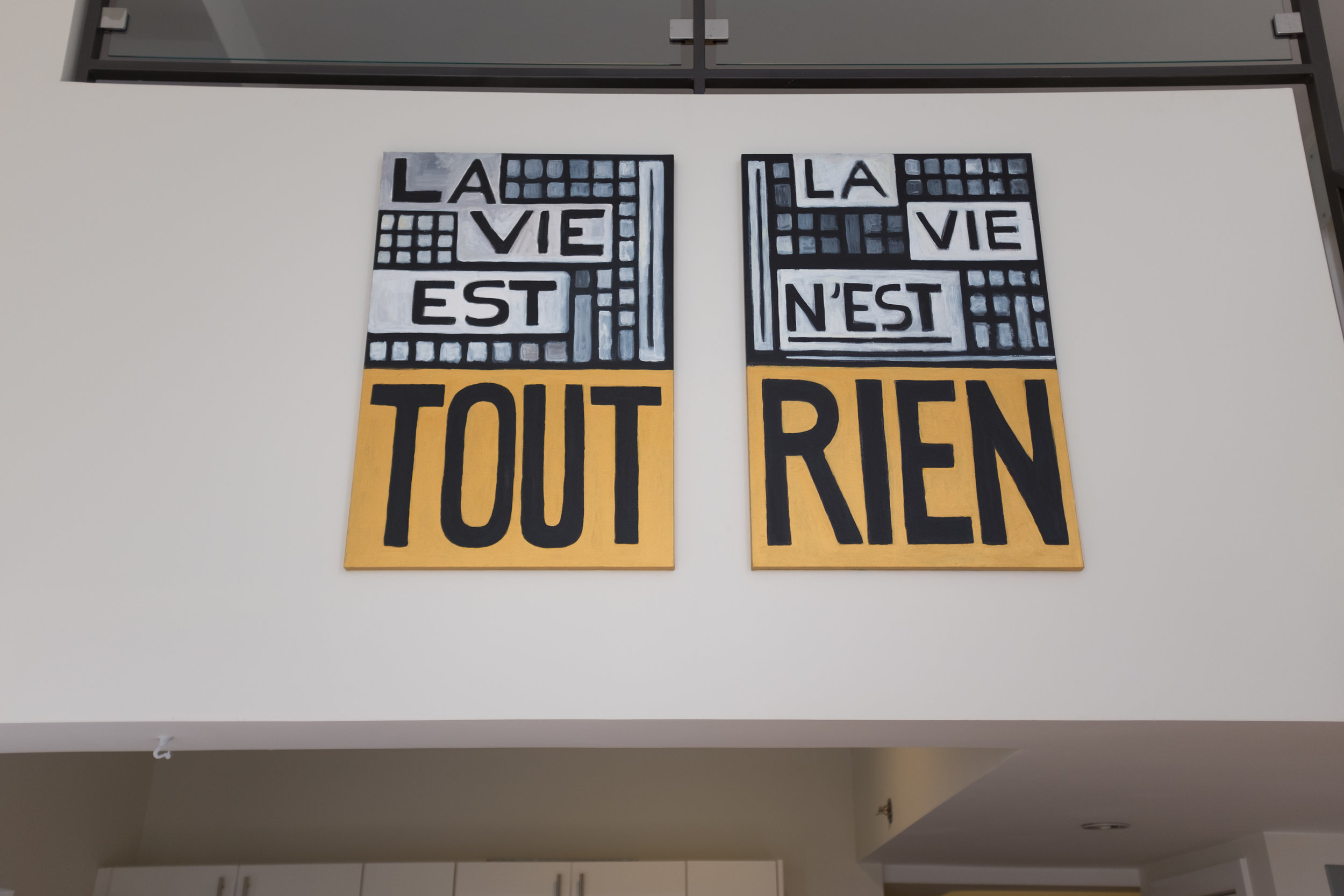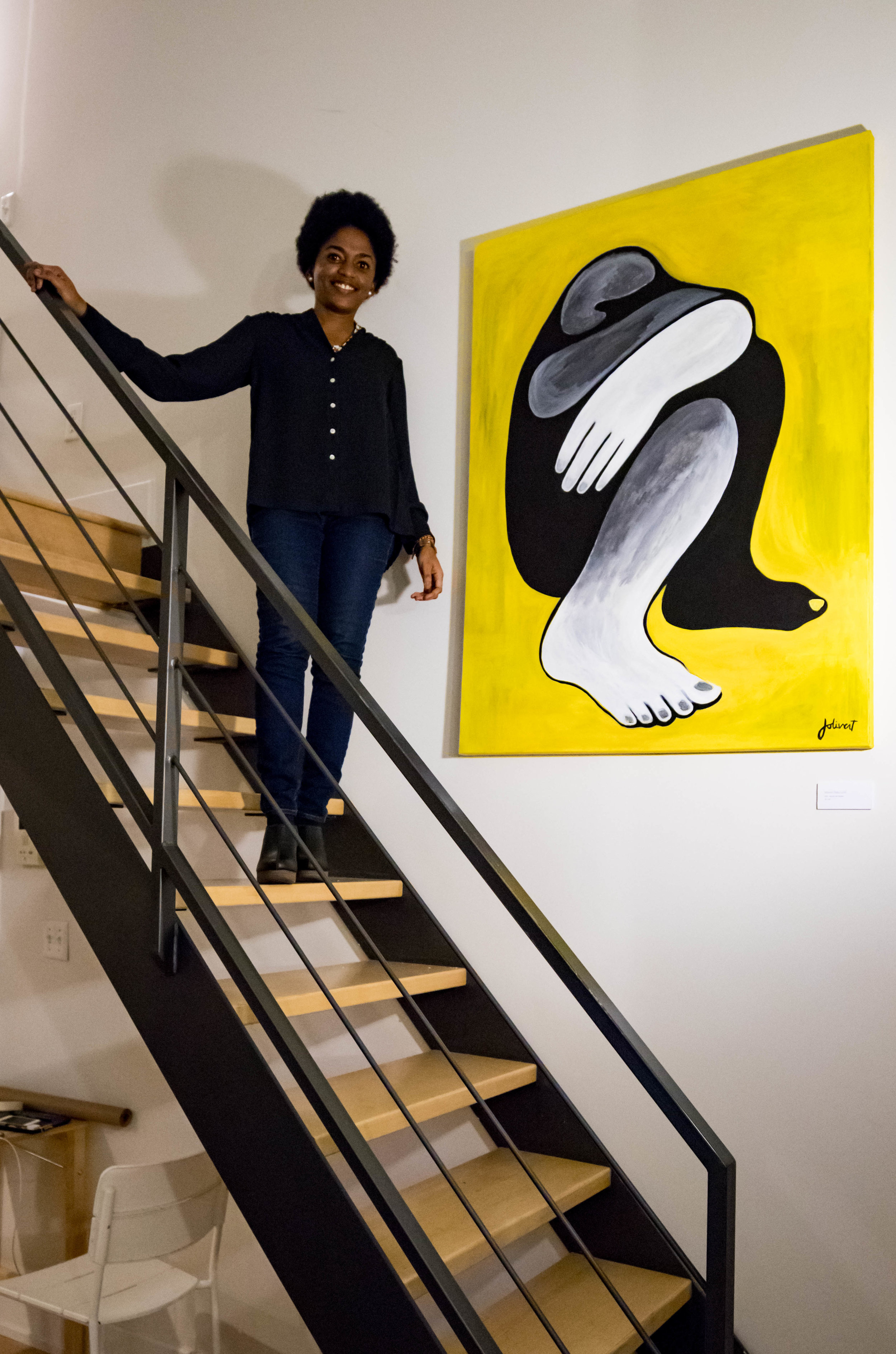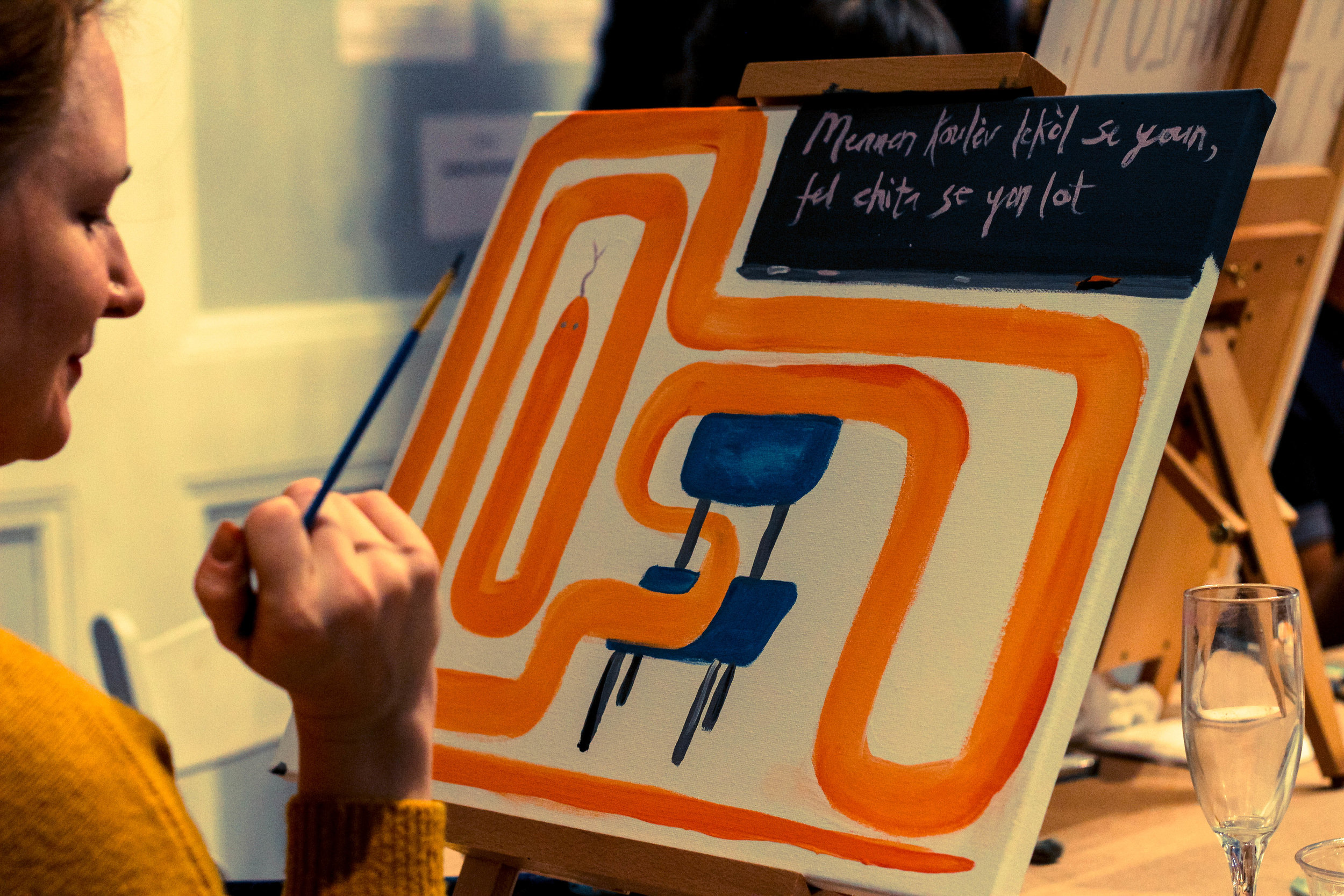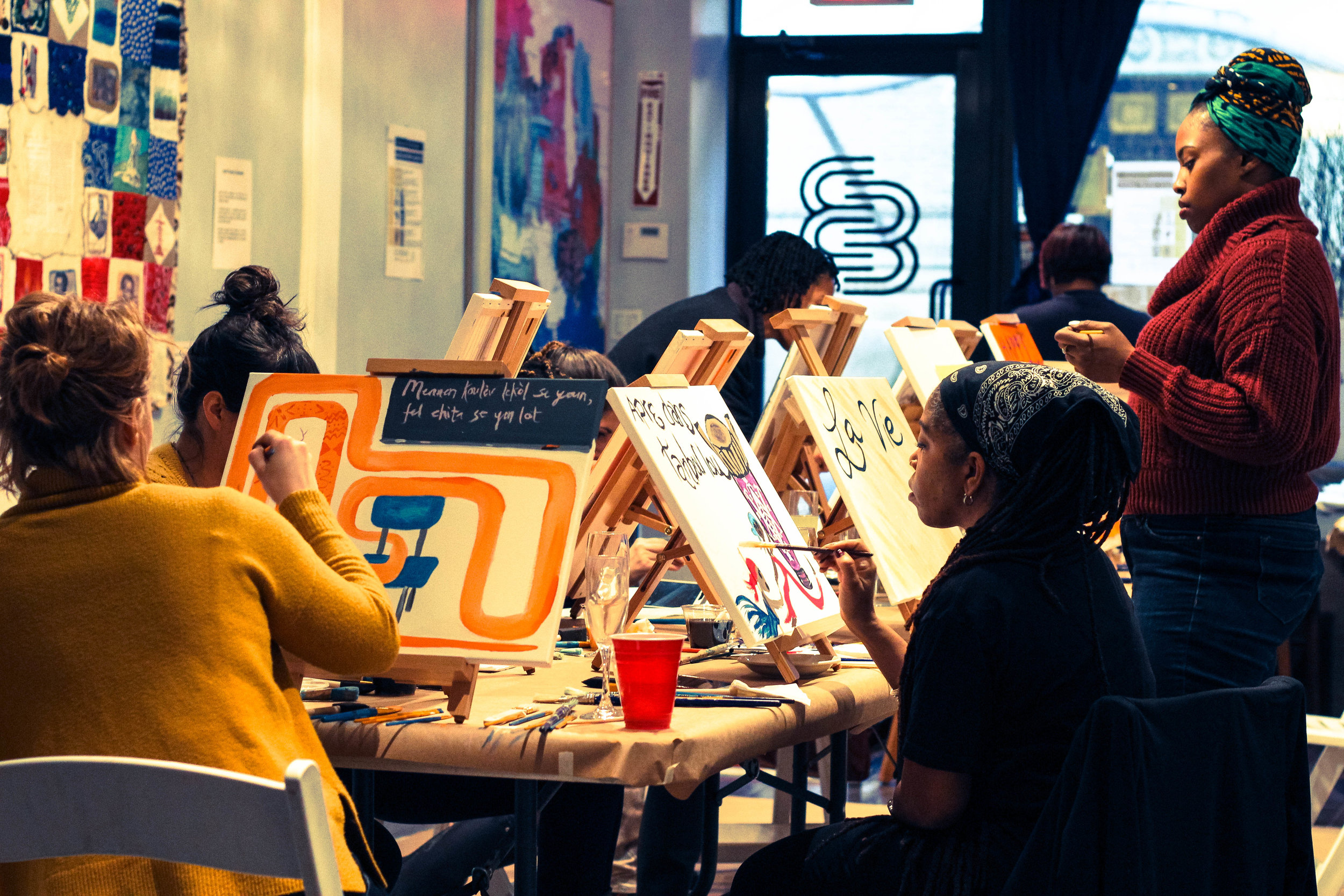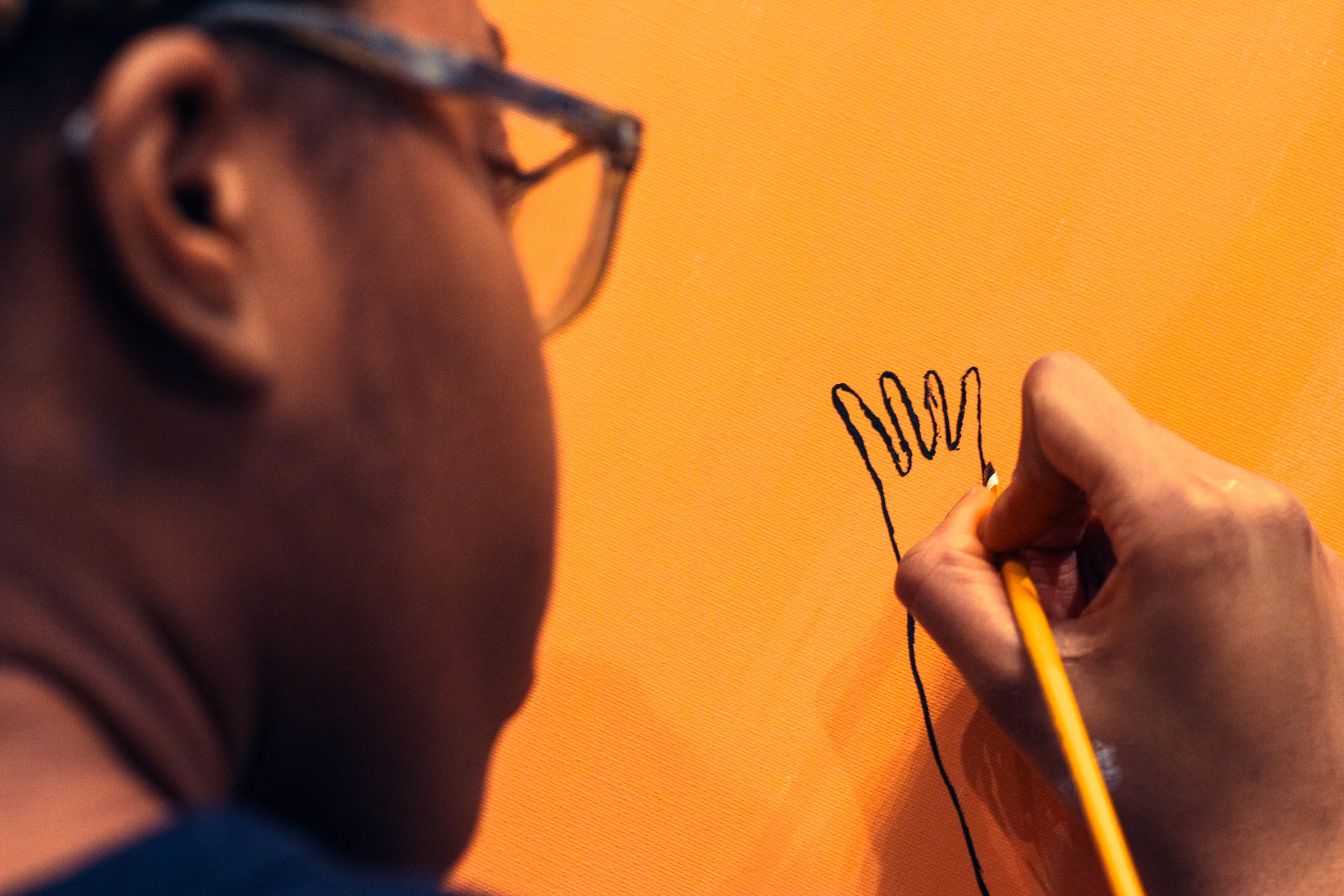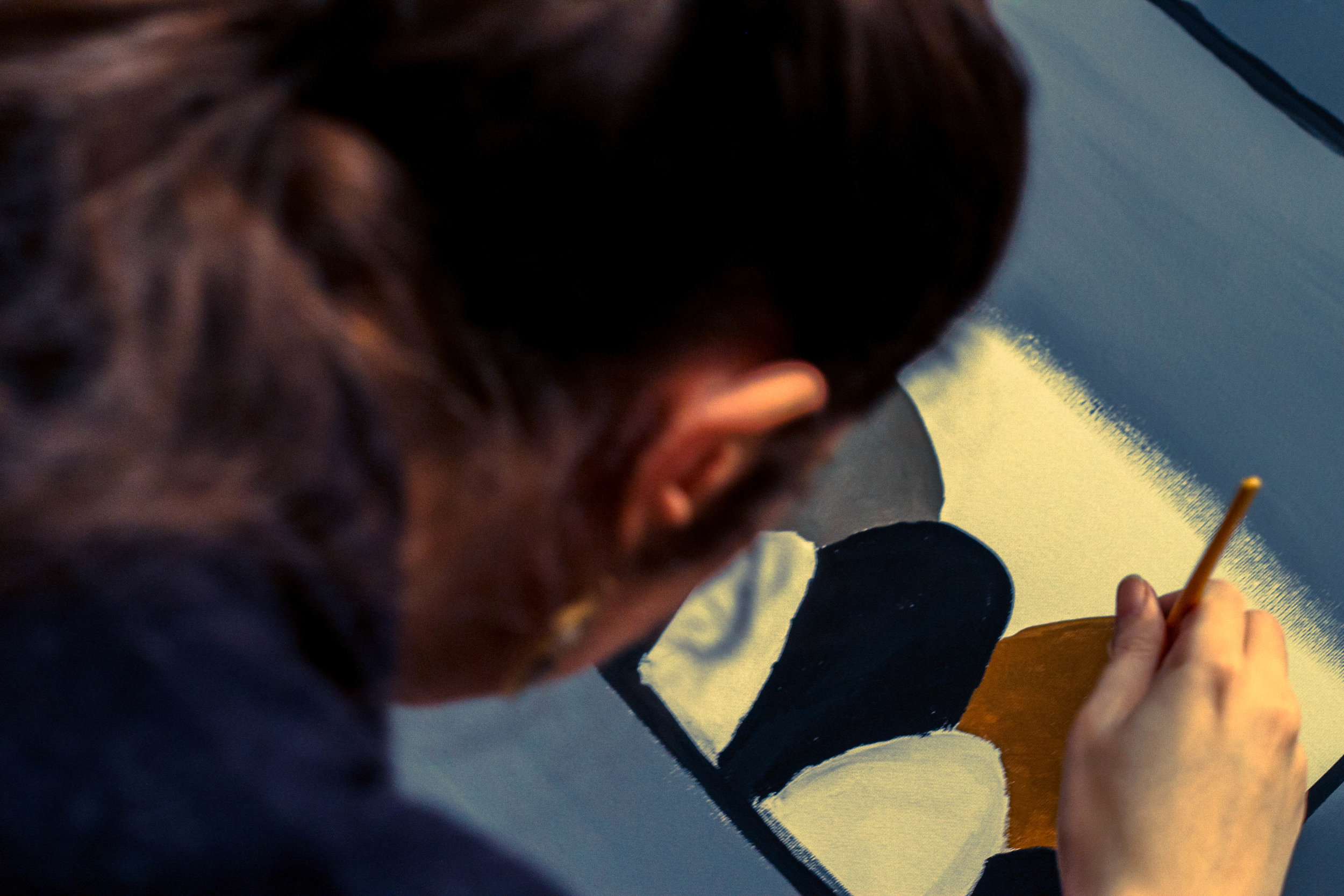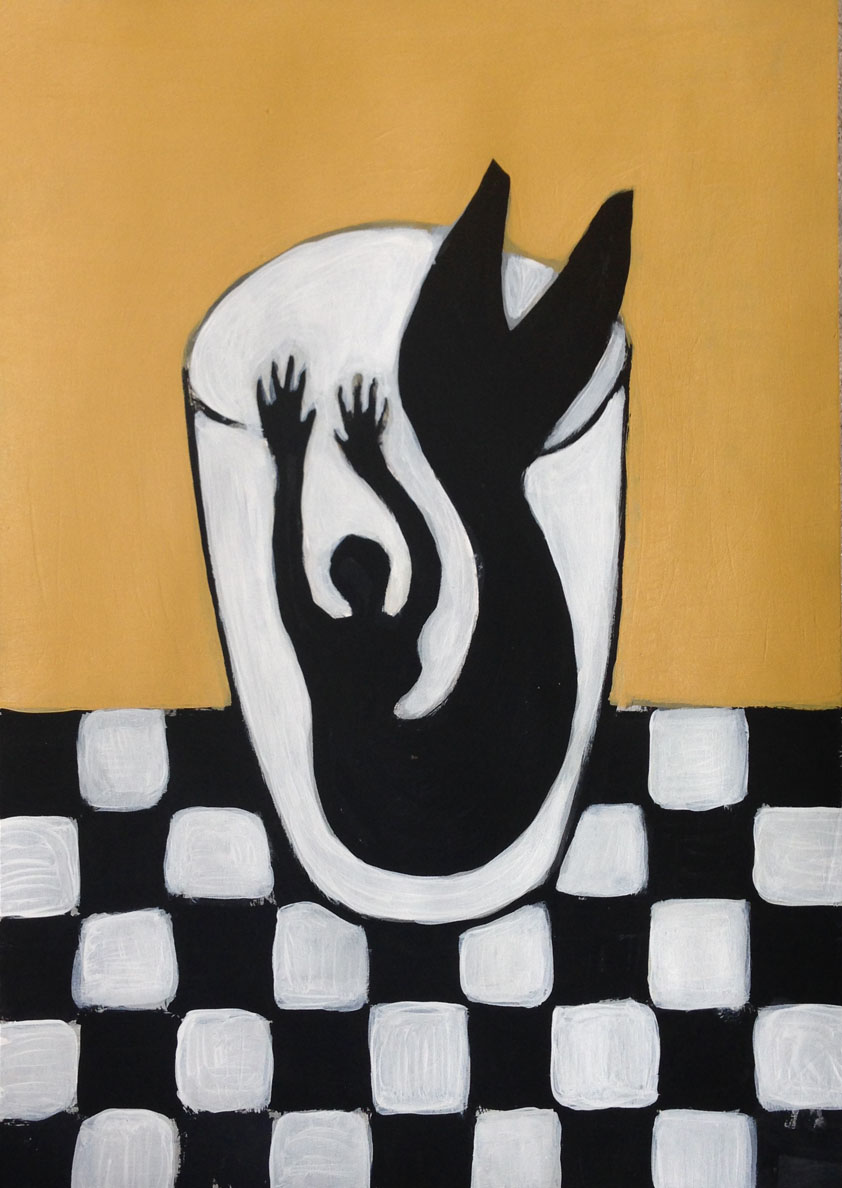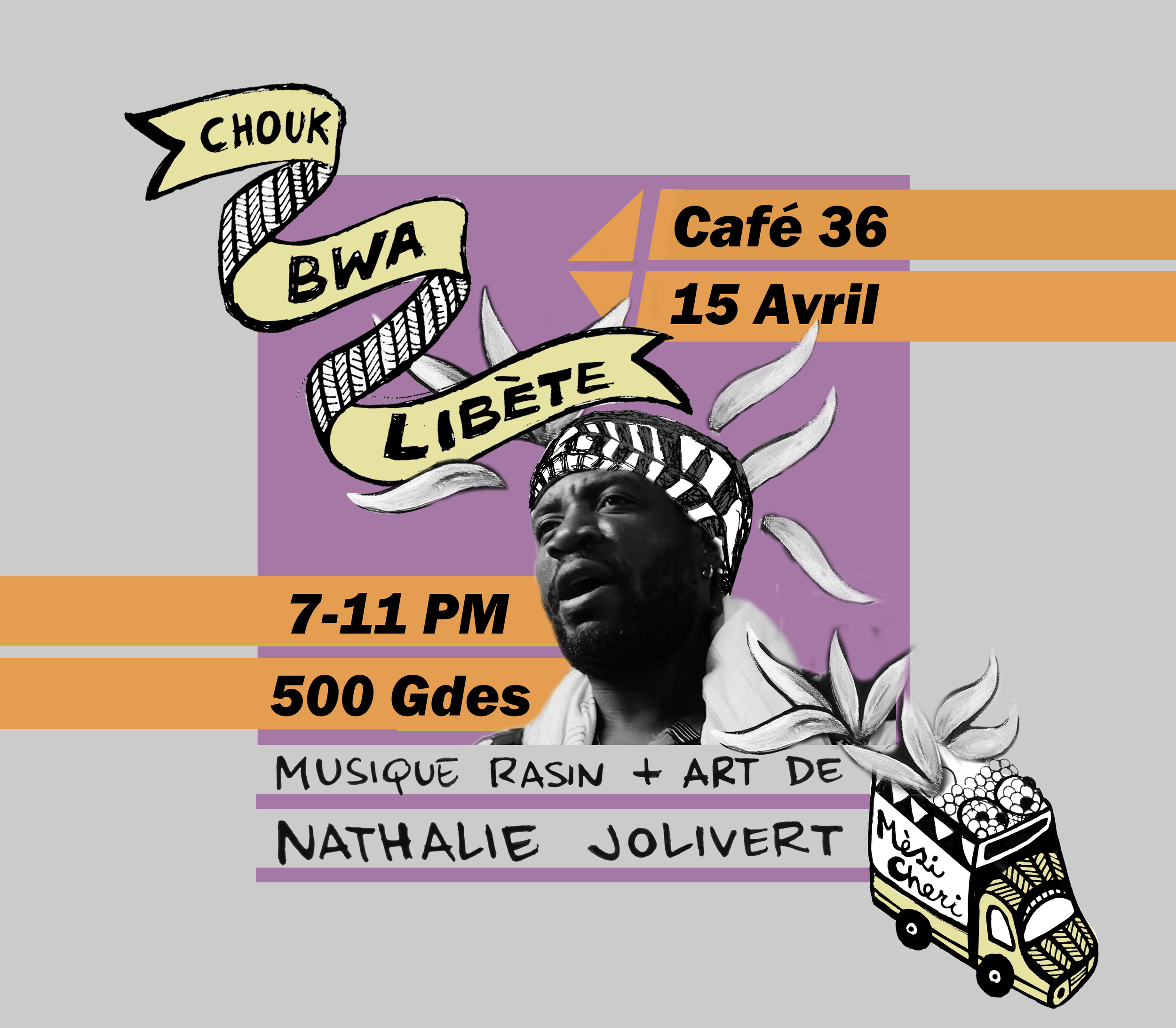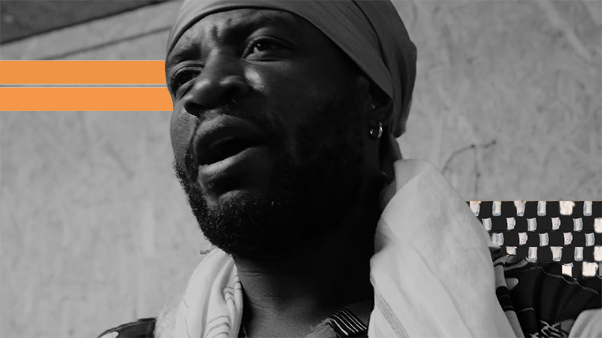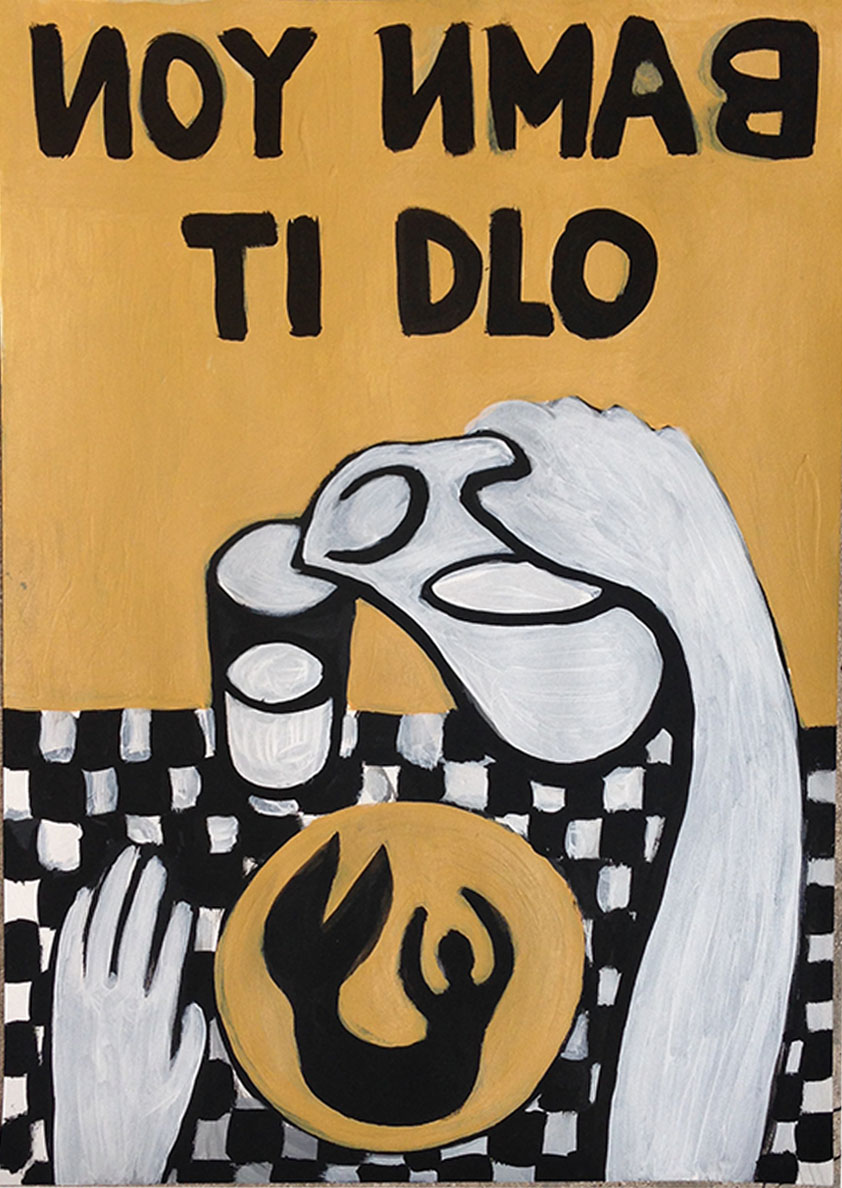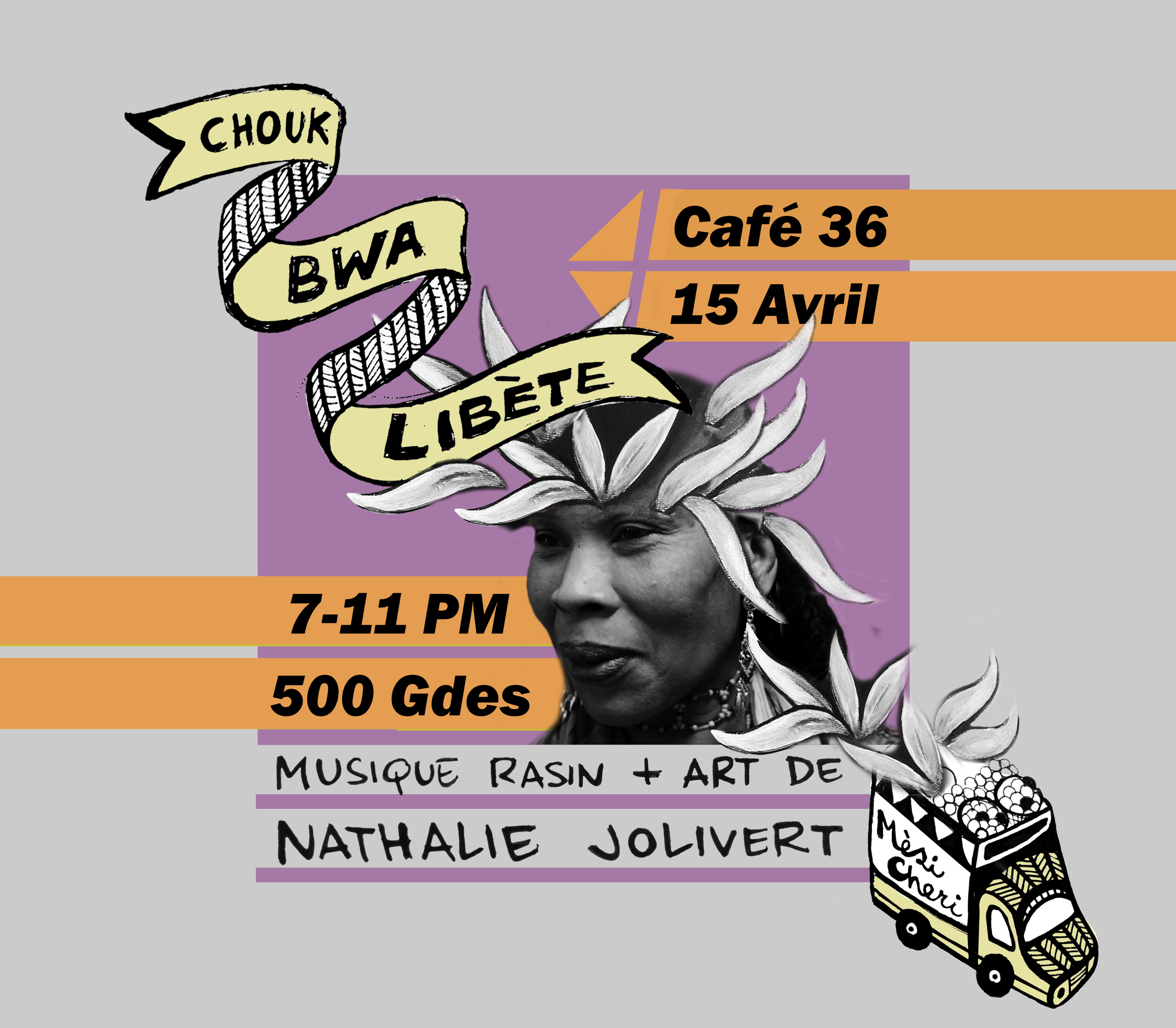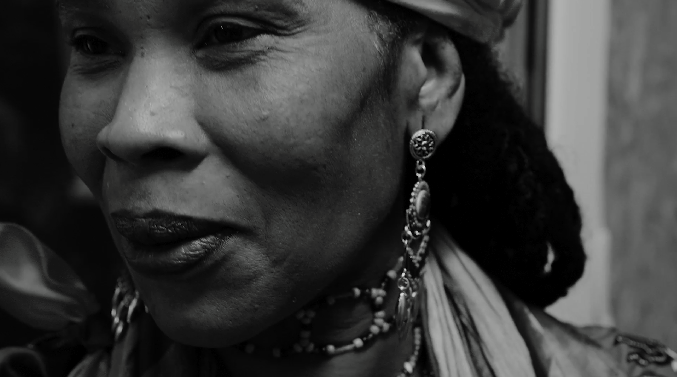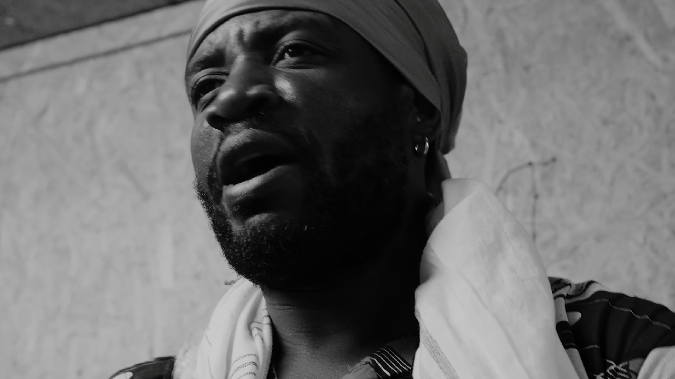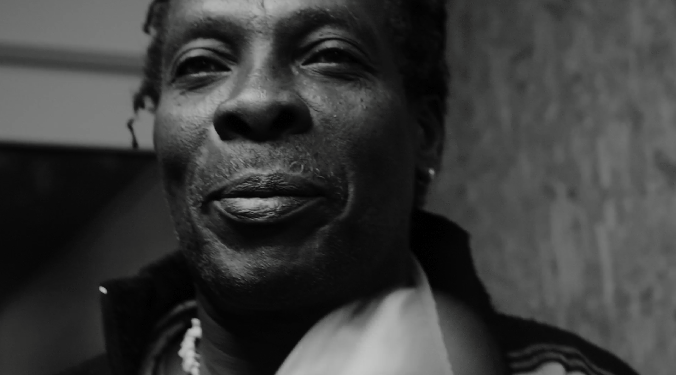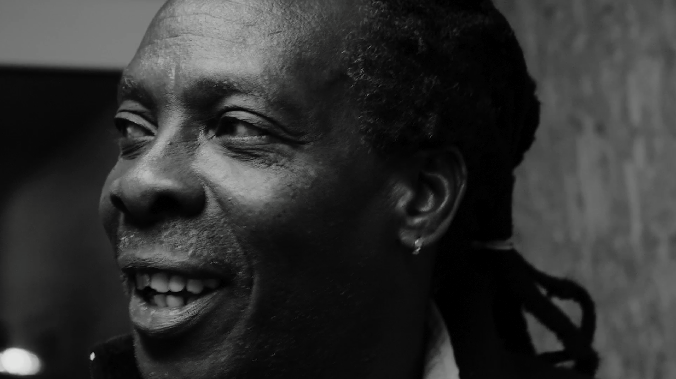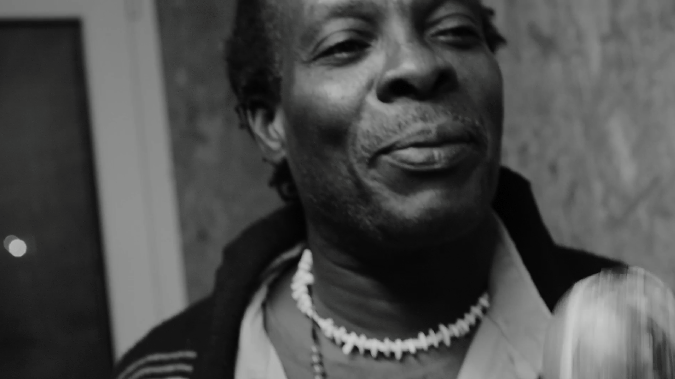When I graduated with my bachelors of architecture from the Rhode Island School of Design in 2012, our school president, John Maeda, delivered a speech on “VUCA”; the Volatile, Uncertain, Complex and Ambiguous. This acronym originated in the military and is now widely used in the business world. Using VUCA as reference, Maeda told us to prepare for unprecedented changes as we stepped into “the real world”. Our future would not be as stable as previous generations. However Maeda also reassured us that at RISD, we had acquired the skills that would help us face upcoming challenges... He was right.
During my college years, I dealt with the earthquake of 2010 in Port-au-Prince, my native city. I was undergoing an architecture internship at the time. It was a very trying experience during which my role as an architect became more relevant. The heavy death toll and destruction that occurred during the earthquake were the result of years of poor construction in Haiti. Despite the trauma I experienced during this catastrophe, I went back to school and continued with my architecture degree tirelessly. The support system I had from friends and family was also very important in this process. I endured the rigorous architecture course-load and proudly fulfilled my student leadership positions. It was imperative that my story not be about despair but about perseverance.
As an architectural designer and artist, remaining aware of potential changes that may occur in my trajectory, has strengthened my abilities to stay focused on my goals. I moved back to Haiti when I graduated from RISD. I worked with Architecture for Humanity on the renovation of a historic school building and on various projects for Studio Drum Collaborative, an architecture office led by a Haitian architect who also aspires to provide design solutions to our difficult environment. Those were very rich experiences in which I learned how to lead projects and collaborate with numerous design teams and stakeholders.
I also had the opportunity to work with two other RISD-alum in an art-in-residence program organized by the United States Agency of International Development to promote design solutions in issues of international development. With this program, my colleagues and I led workshops with USAID staff-members and fine-arts students in Bangladesh and Malawi. We were then challenged to present our ideas in artwork that were presented in Washington DC for the 2014 Frontiers in Development conference. Our main task was to visually communicate how to help alleviate extreme poverty. With a very tight timeline, my colleagues and I benefited from our ability to collaborate and carefully listen to all the stories we collected. Our work was well received in Washington DC and certainly fueled us with inspiration for future projects.
During my last four years working in 'the real world', my professional experience has felt like an extension of my education. The VUCA concept is one that designers who grew up in developing countries understand well. With the experience I have acquired working in unpredictable situations in Haiti and elsewhere, I aspire to help institutions grow and reach their full potential, despite how improbable the challenges. Moving back to the United-States this past summer and witnessing how Americans are grappling with their identity post-election is like a déjà-vu of what we often experience in Haiti. While my move was made in search of professional structure, I also realize that the tricks I learned working in a VUCA world might also come very handy into this new professional chapter. Here goes to 2017 and beyond.


